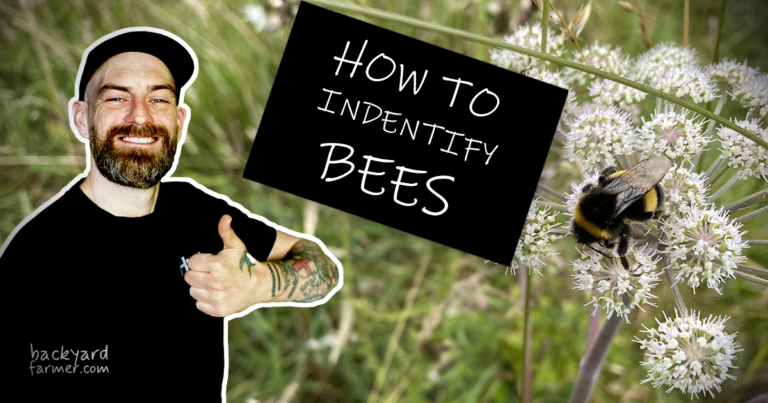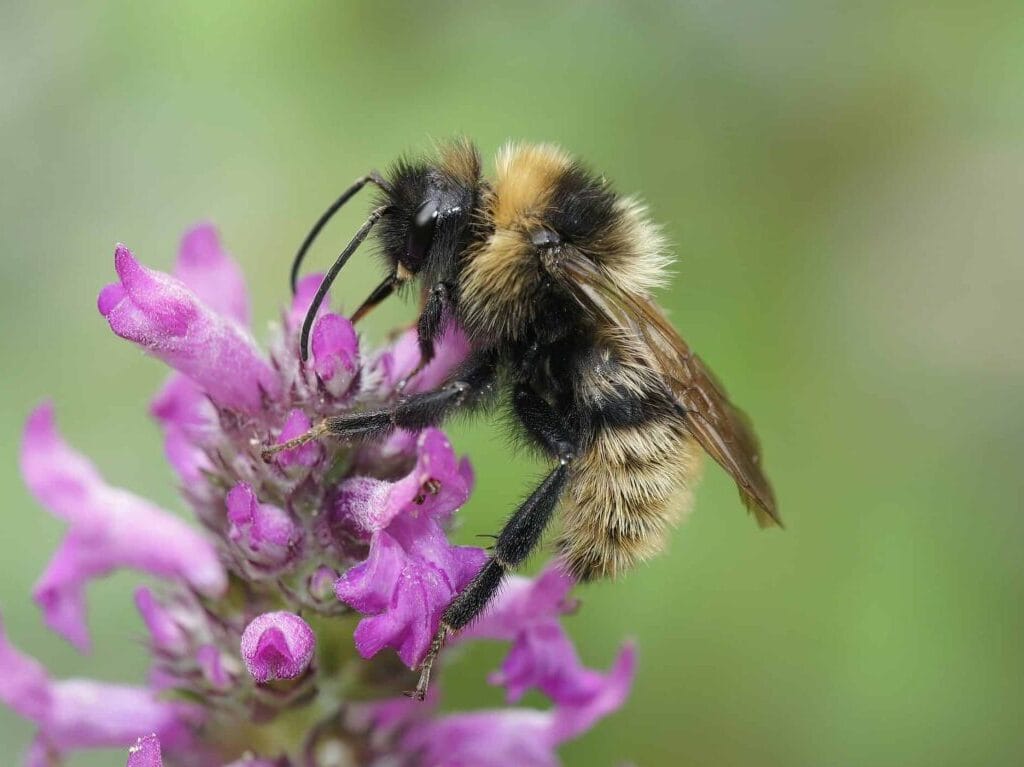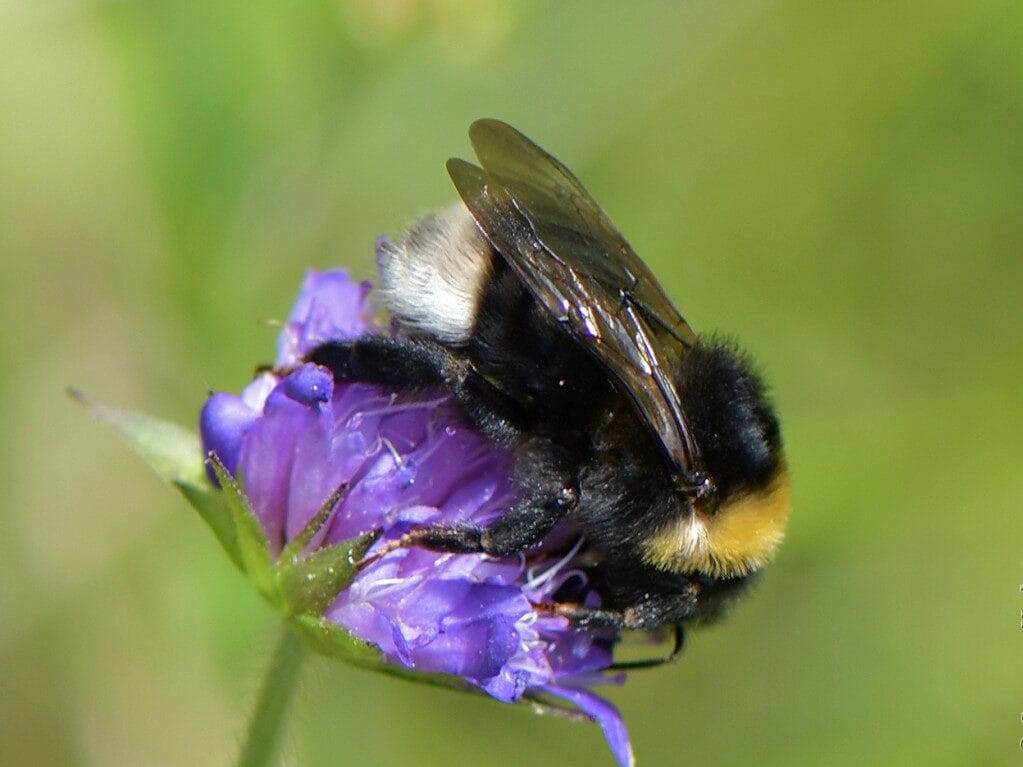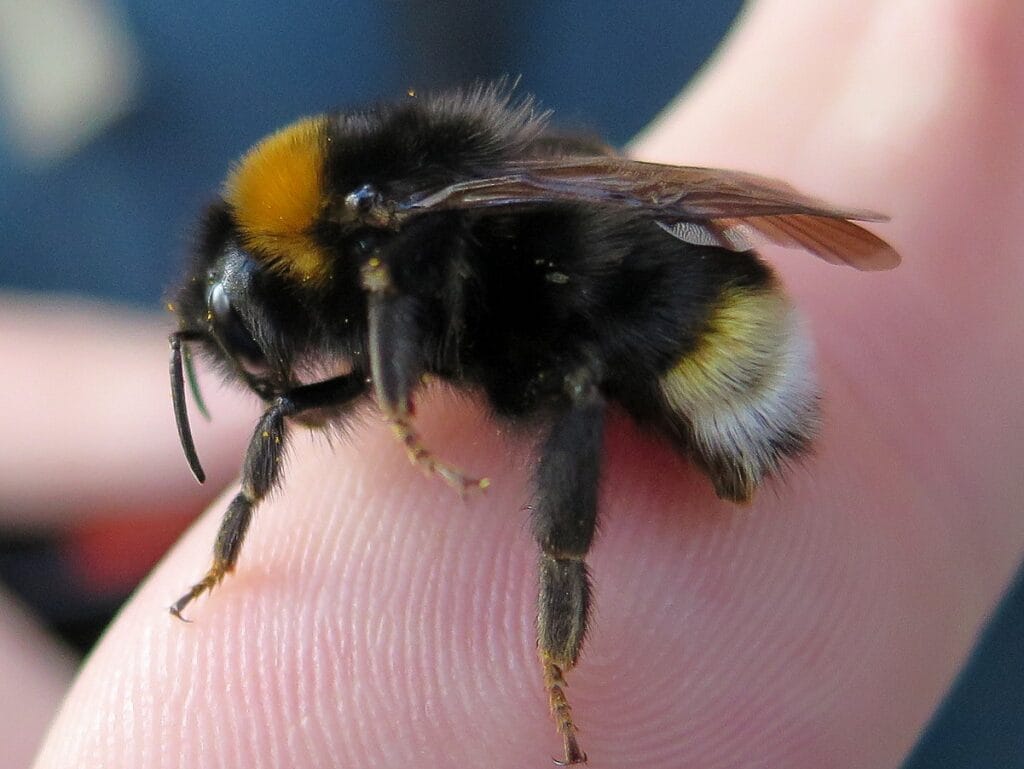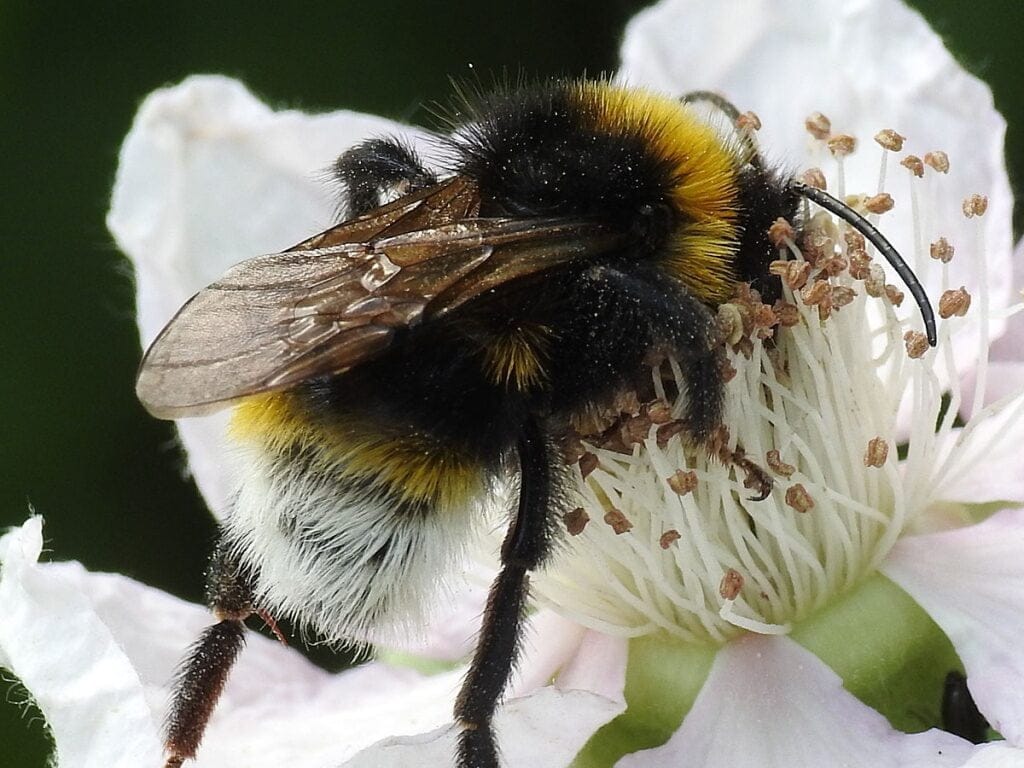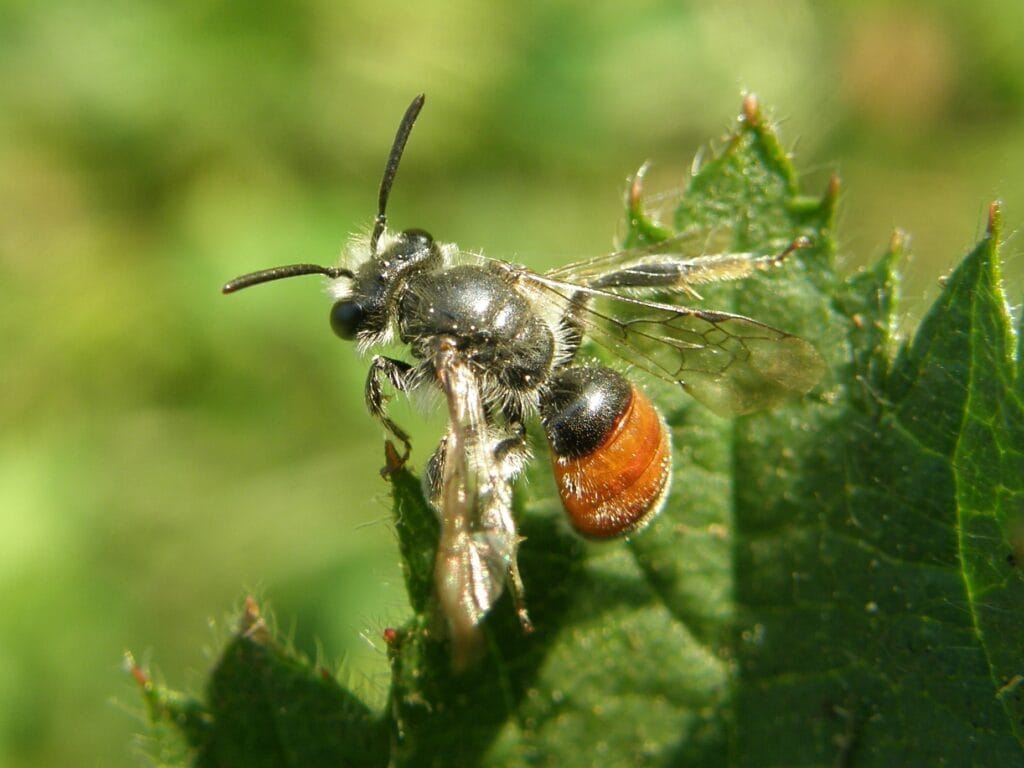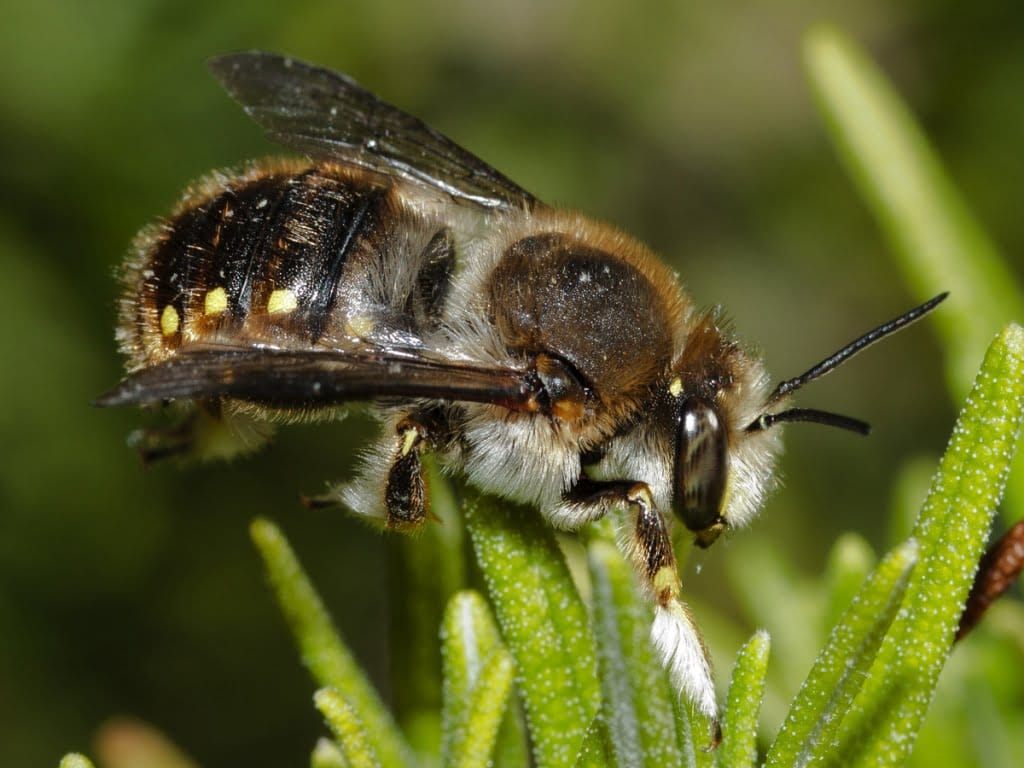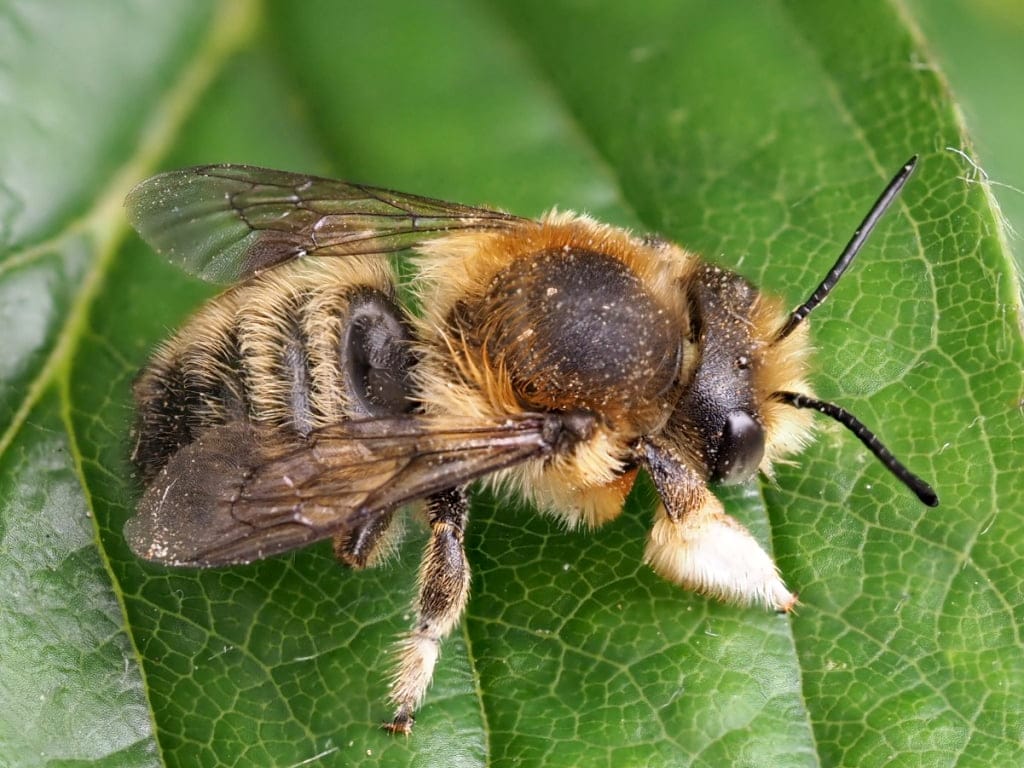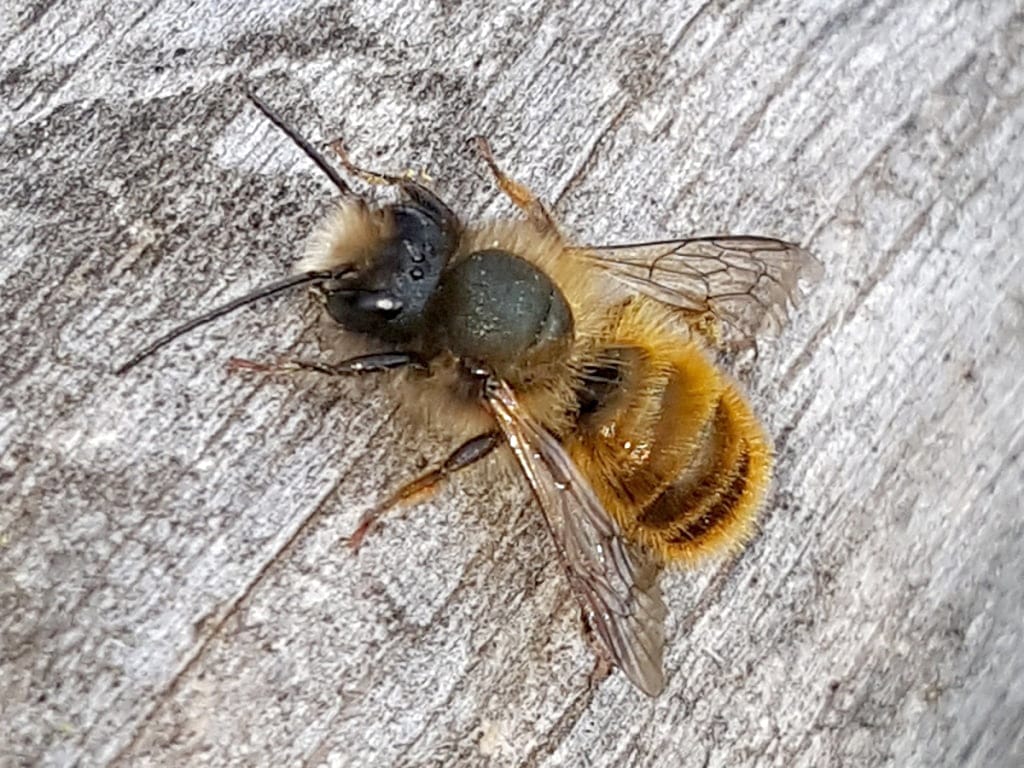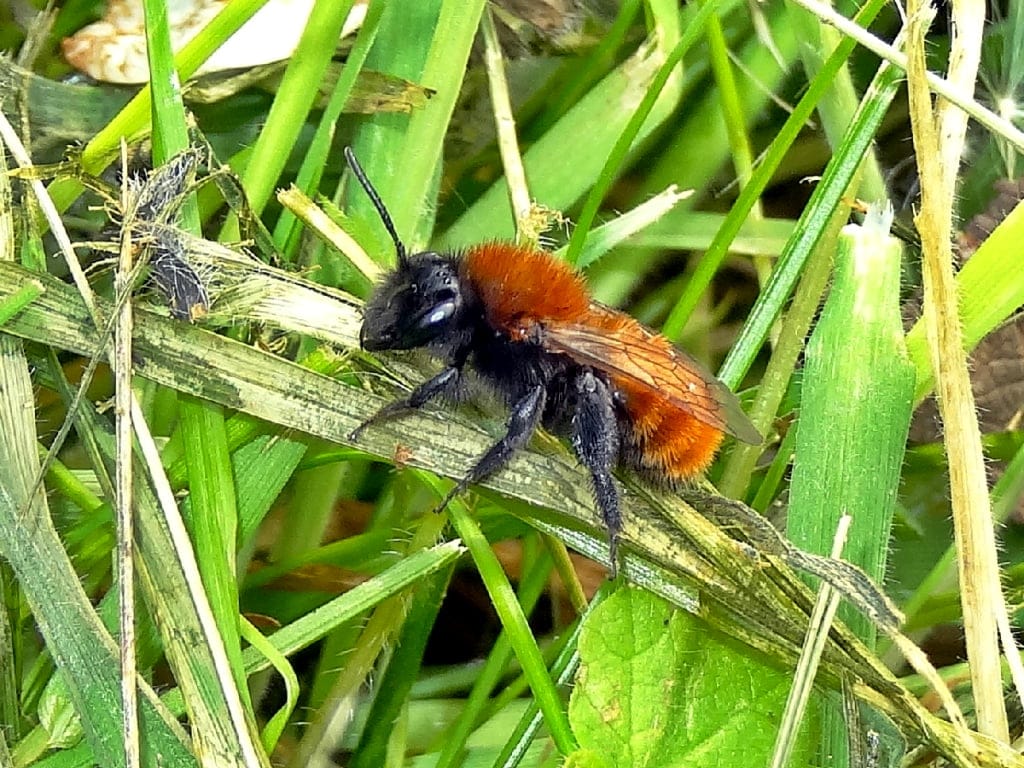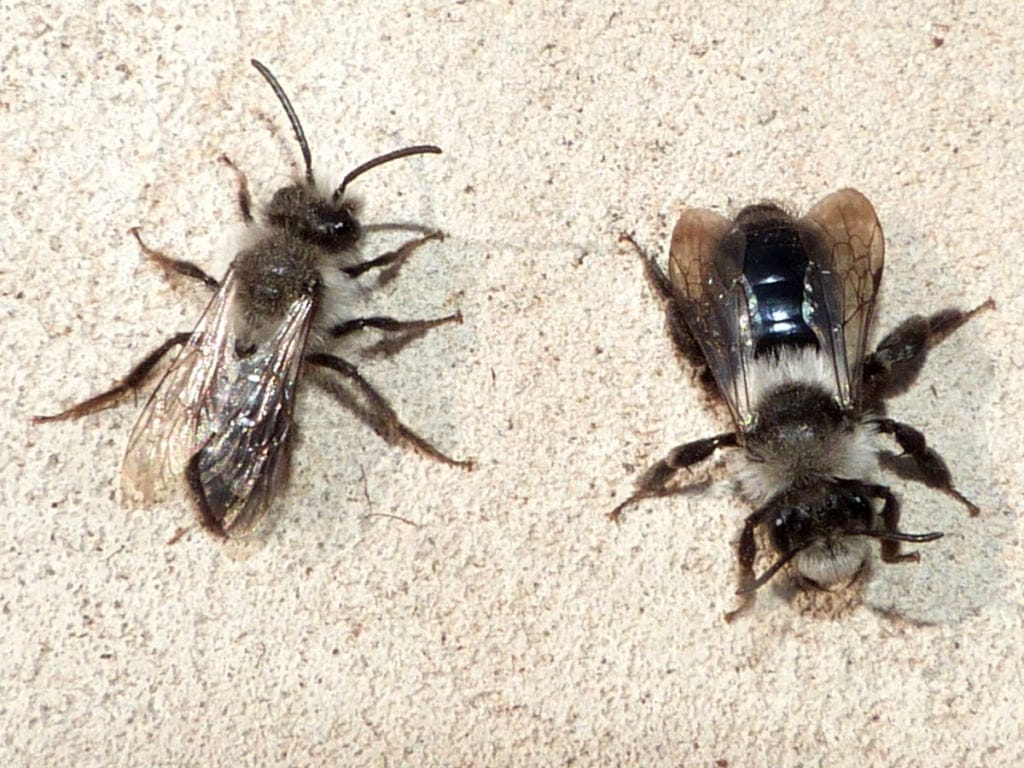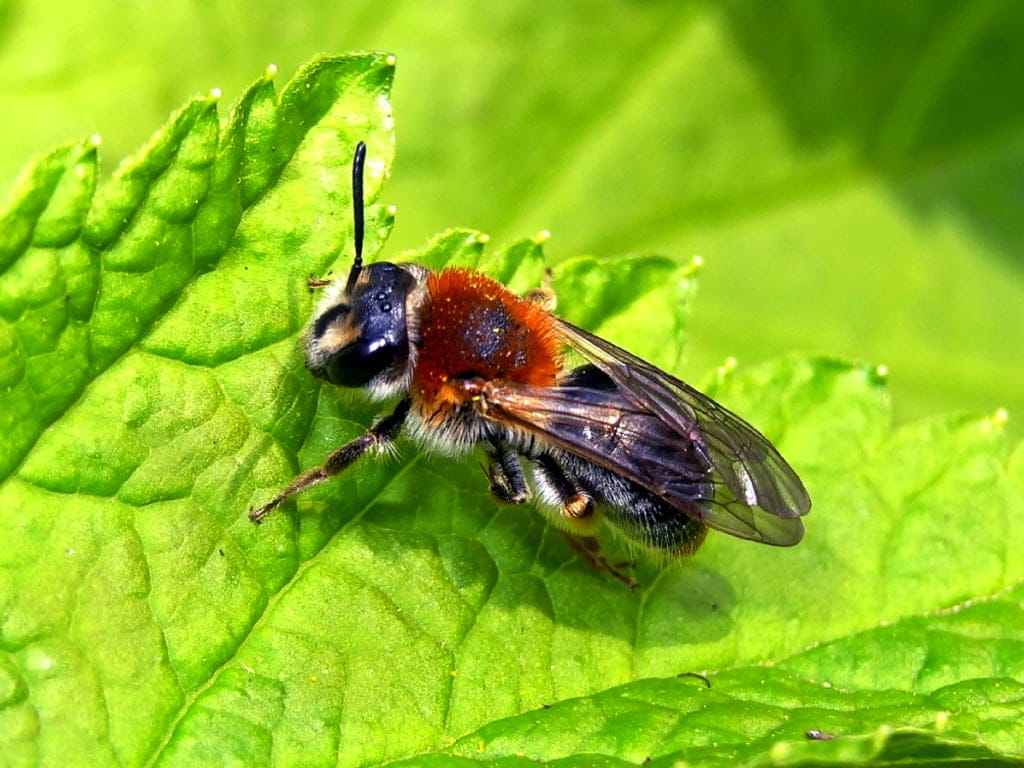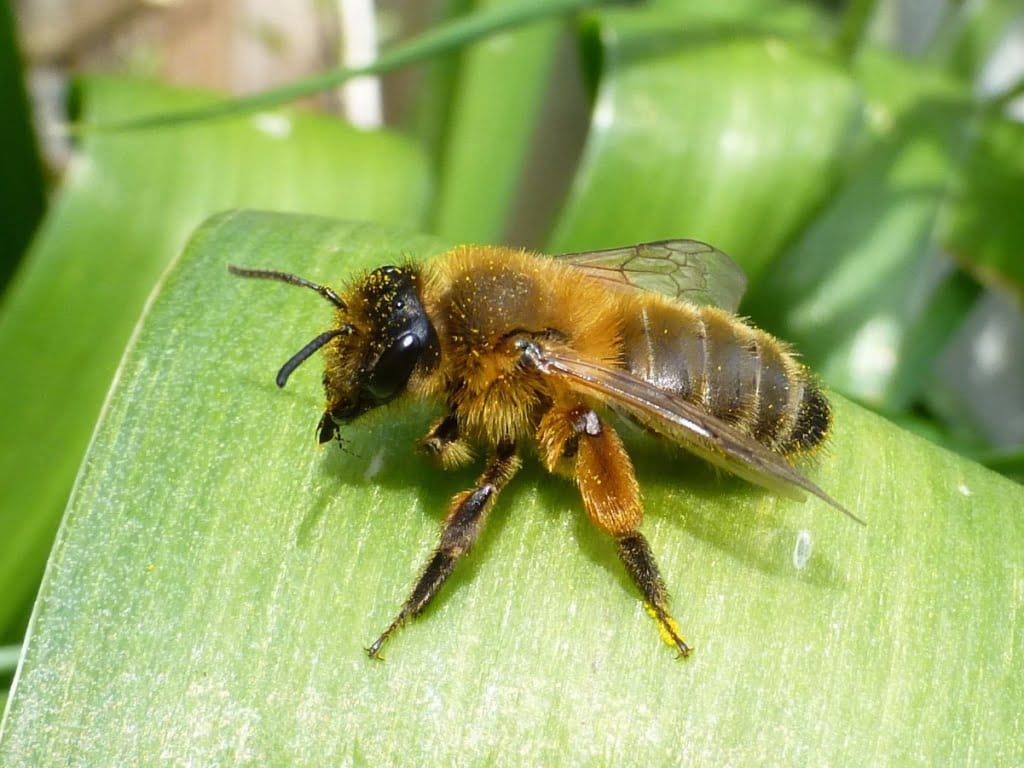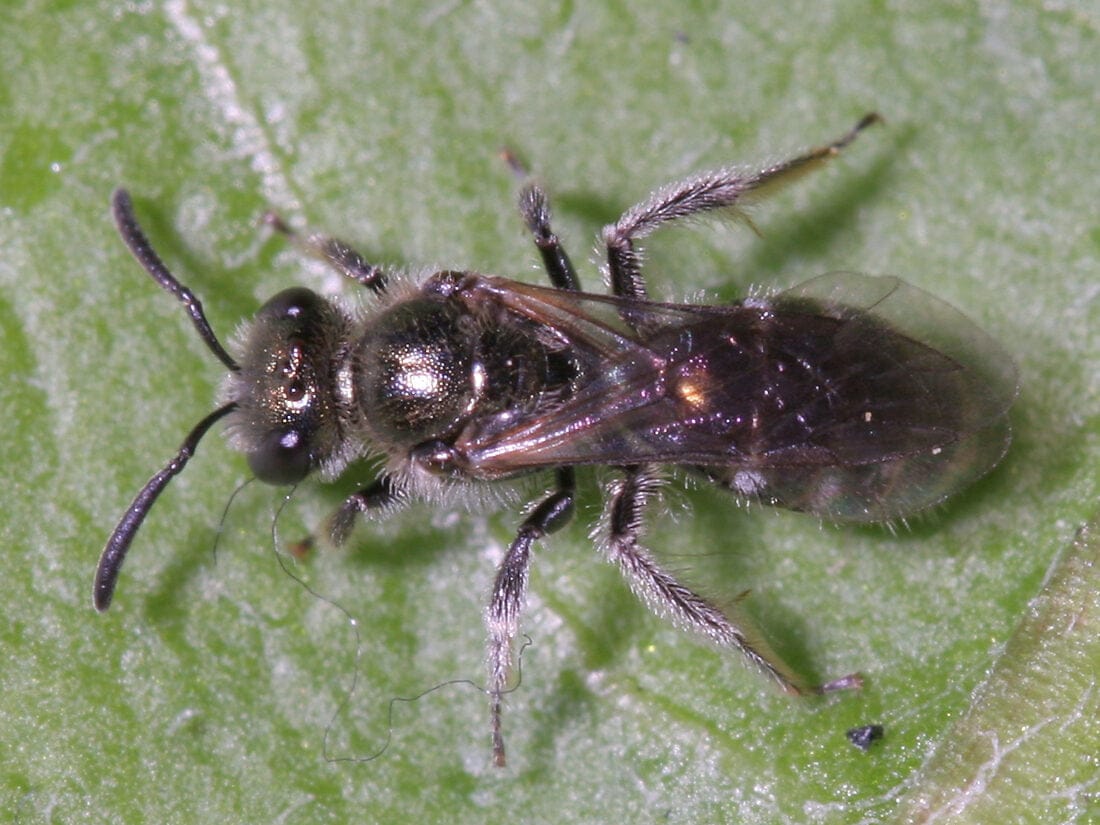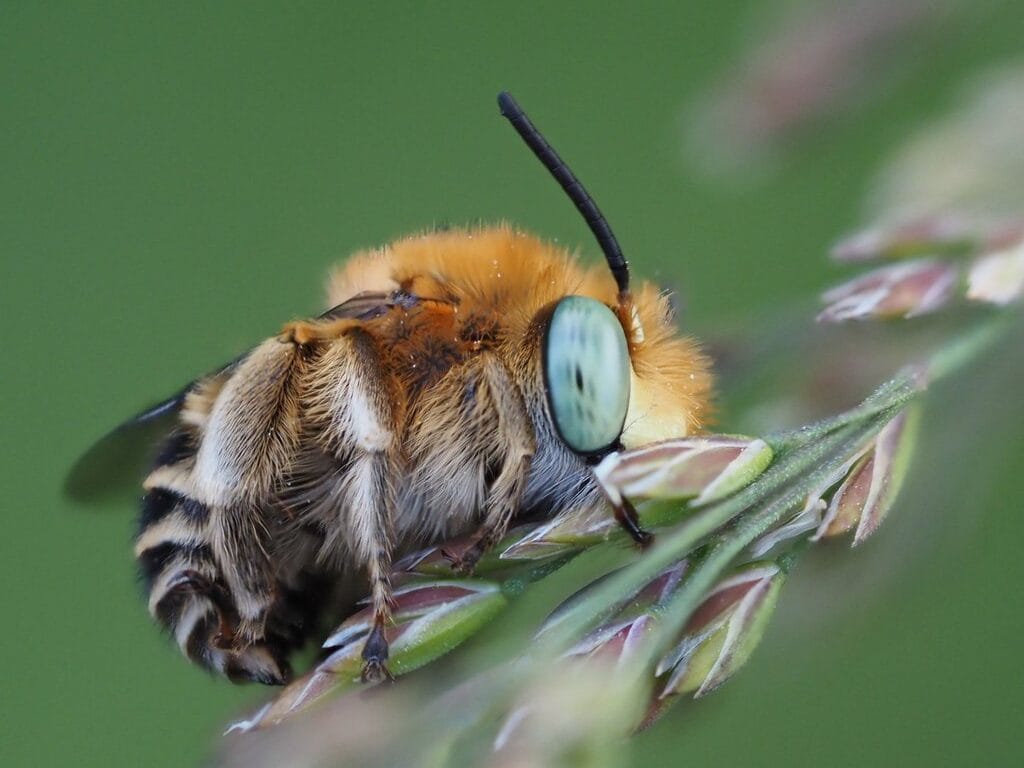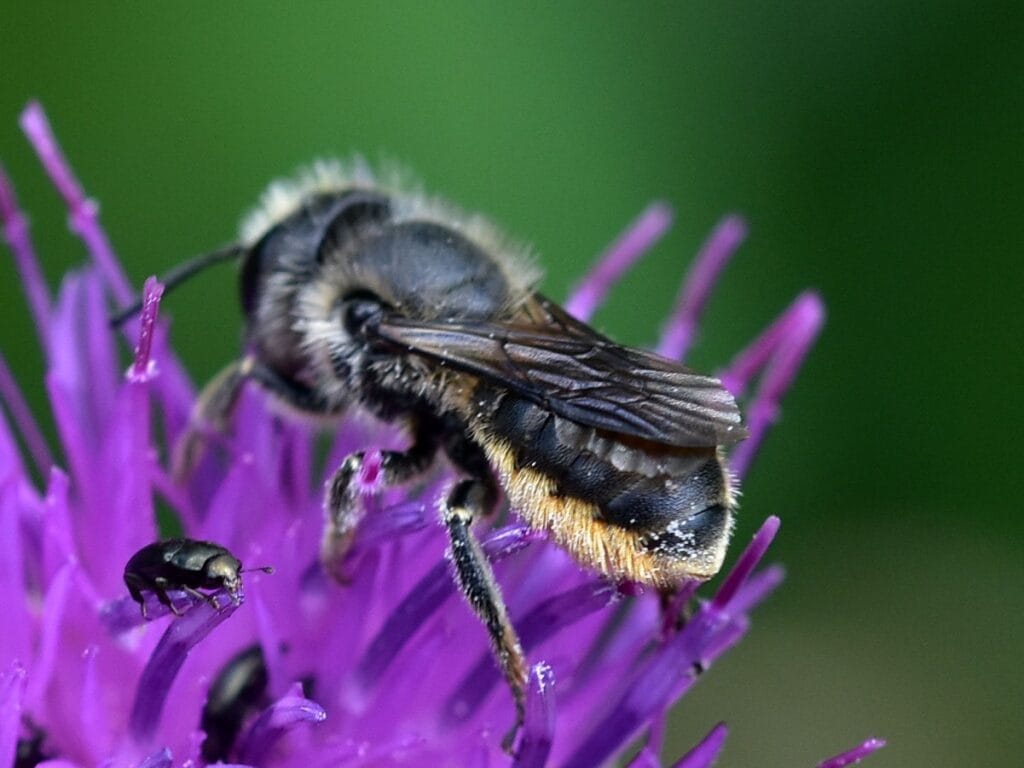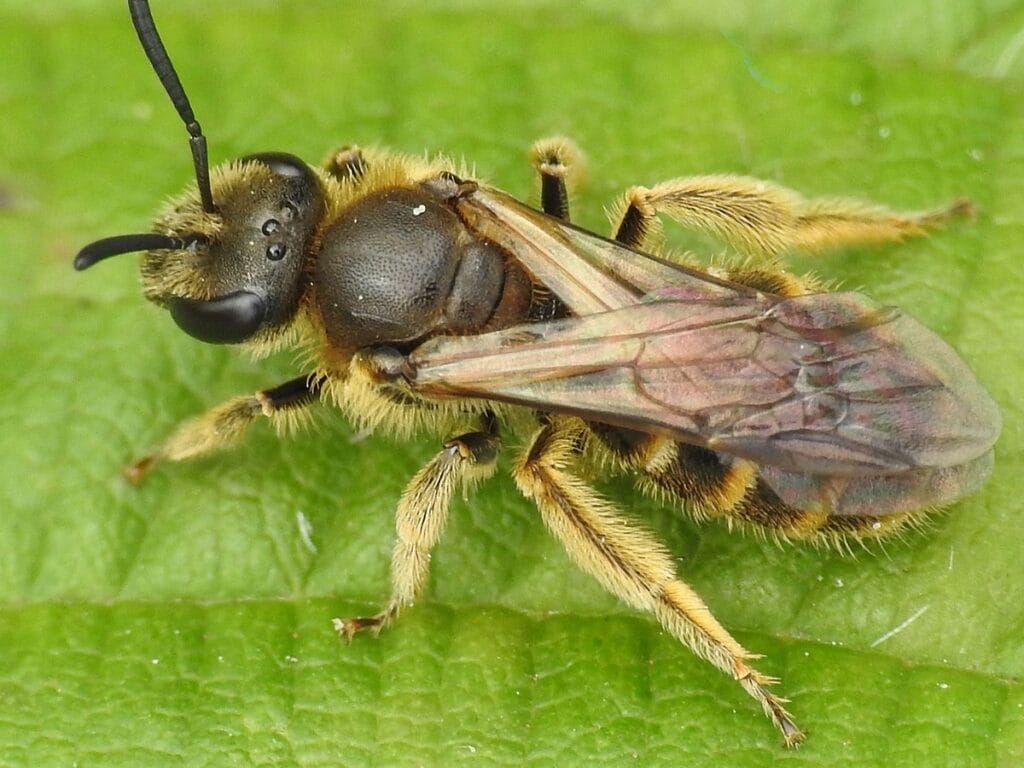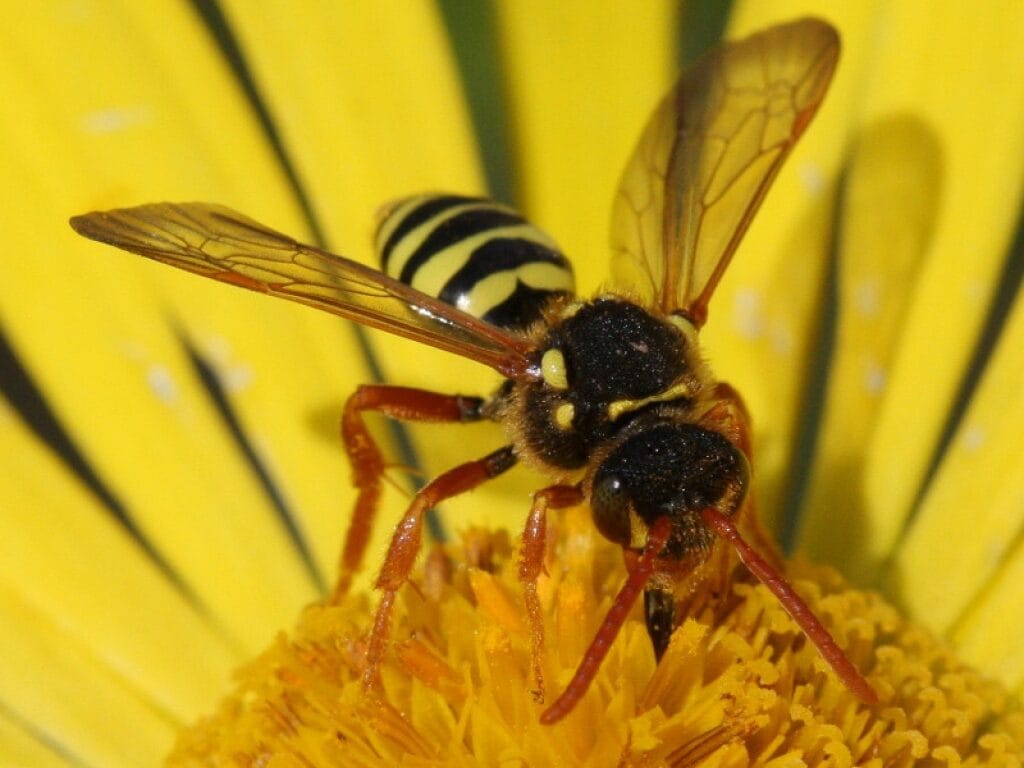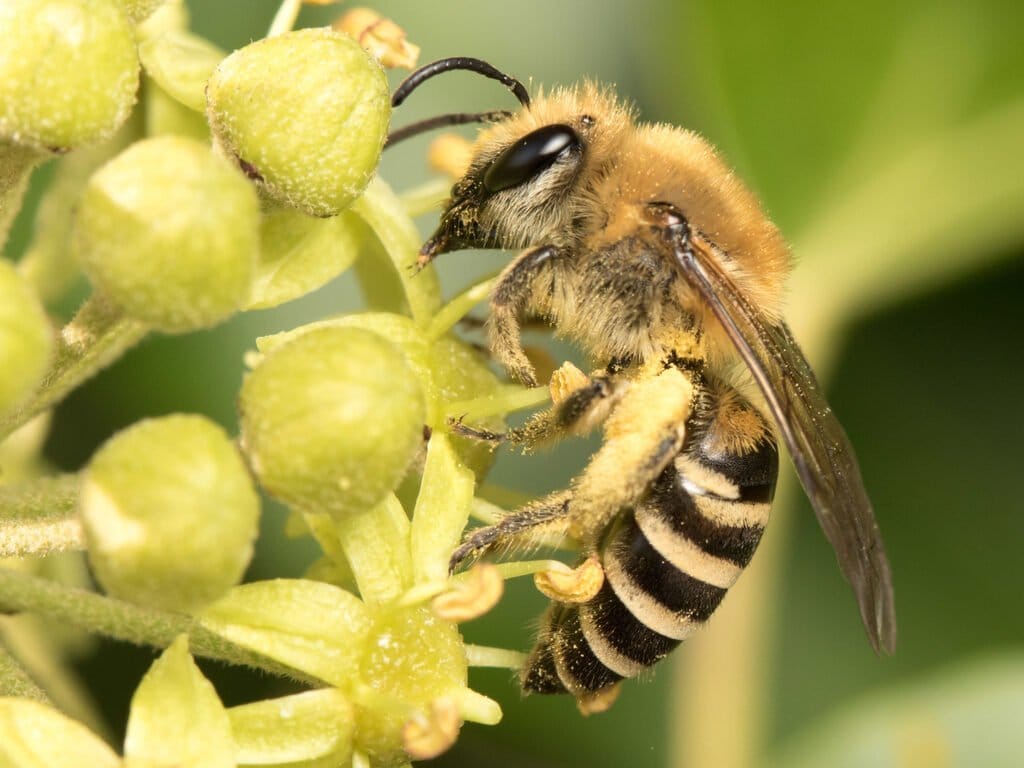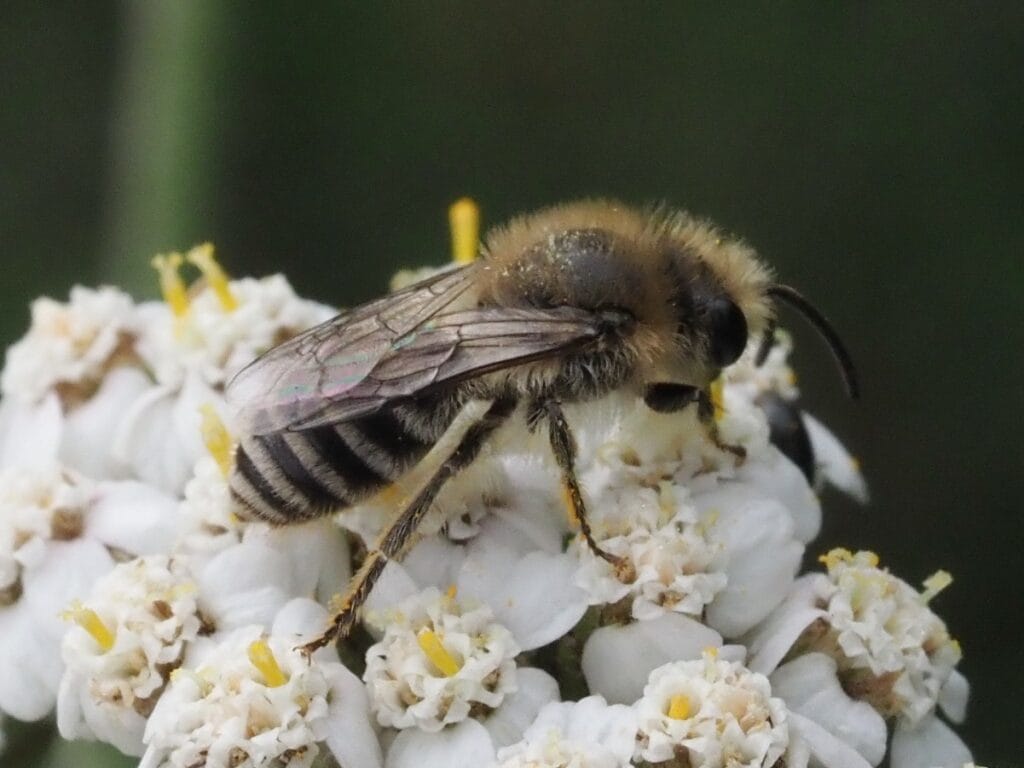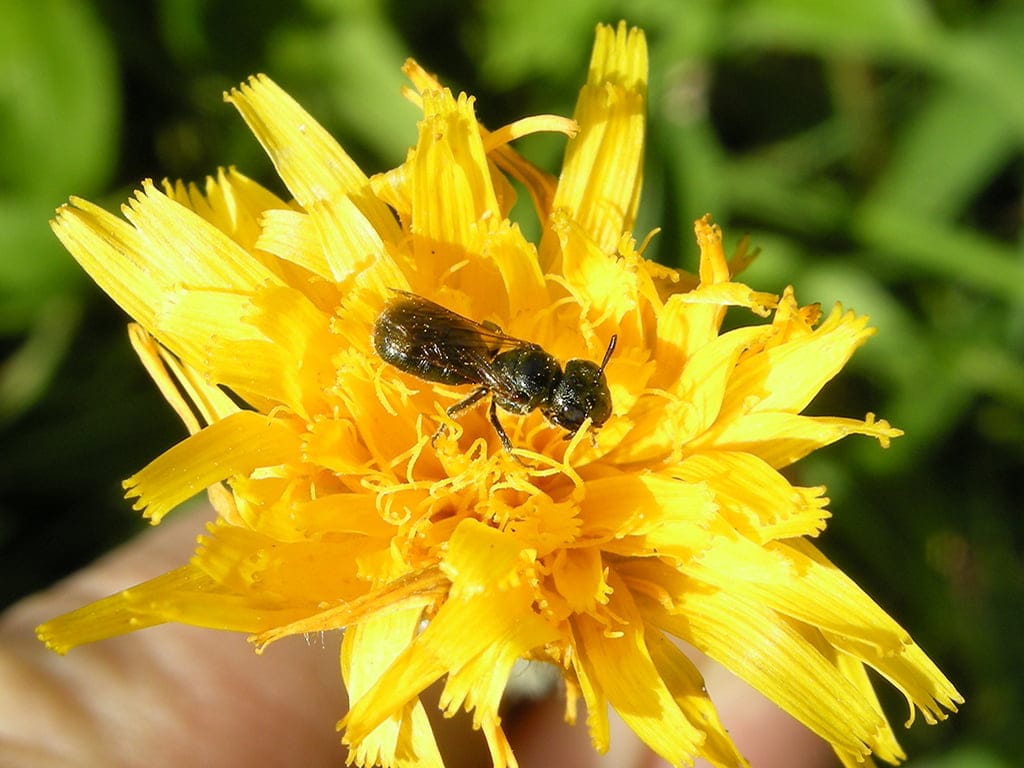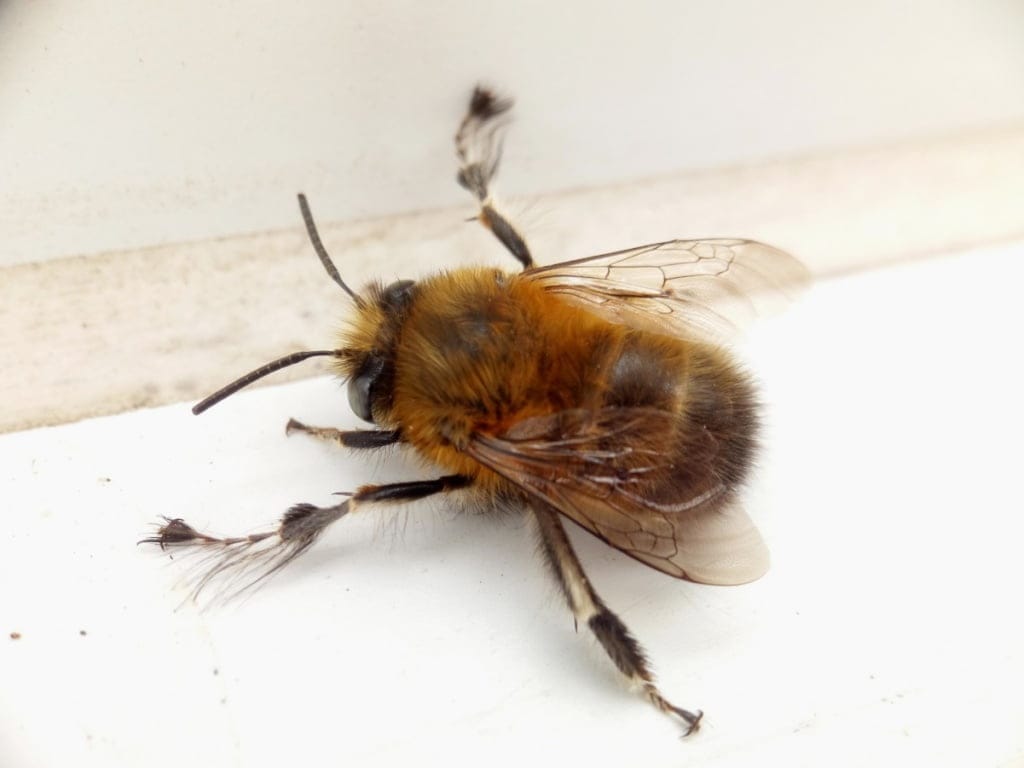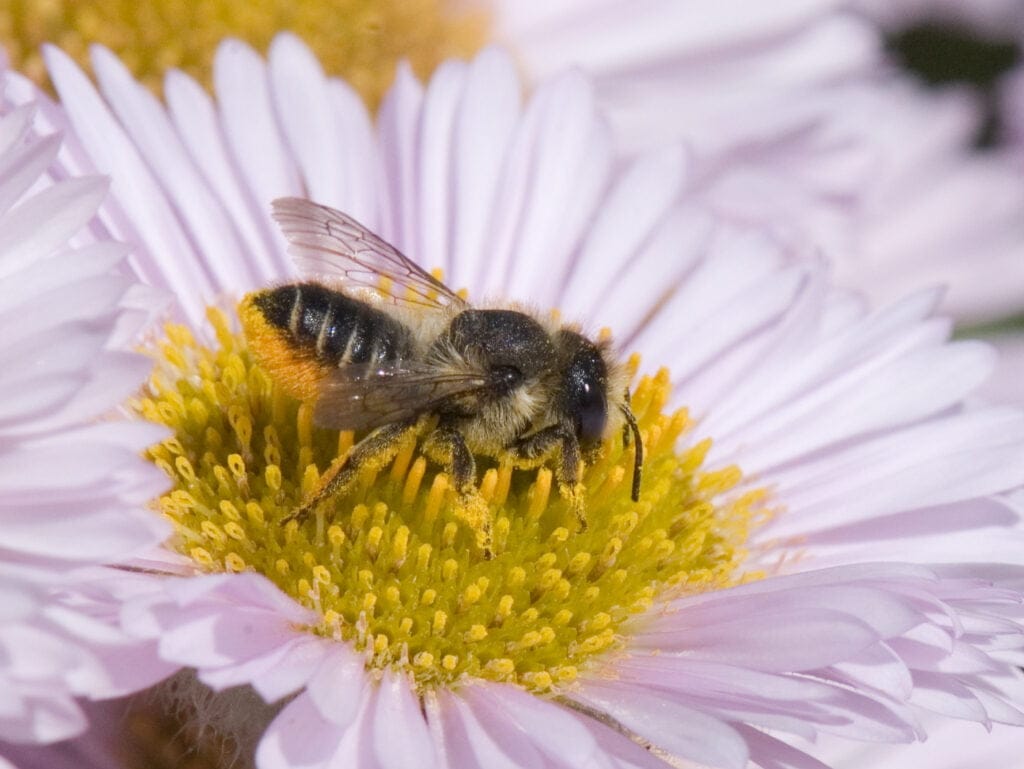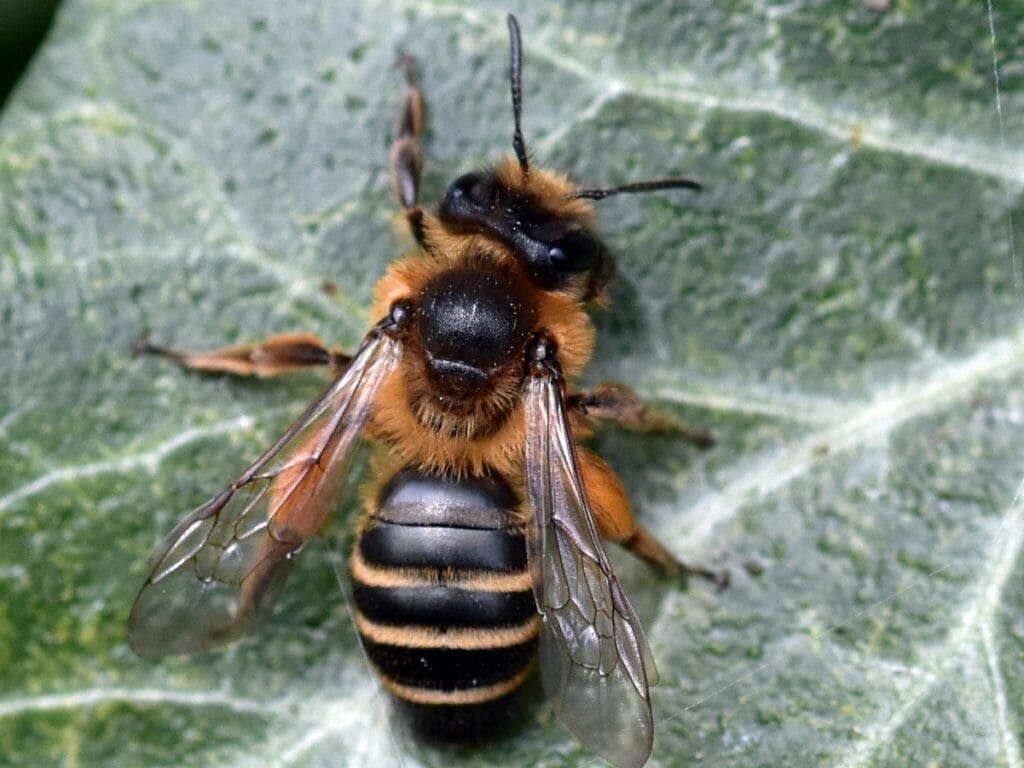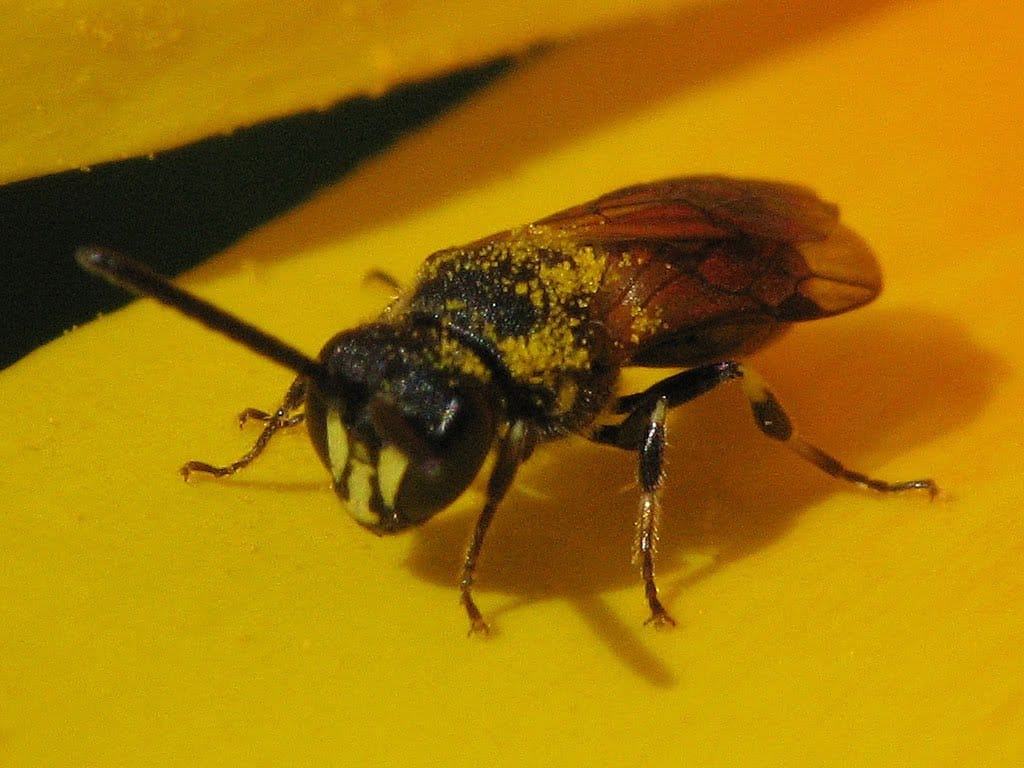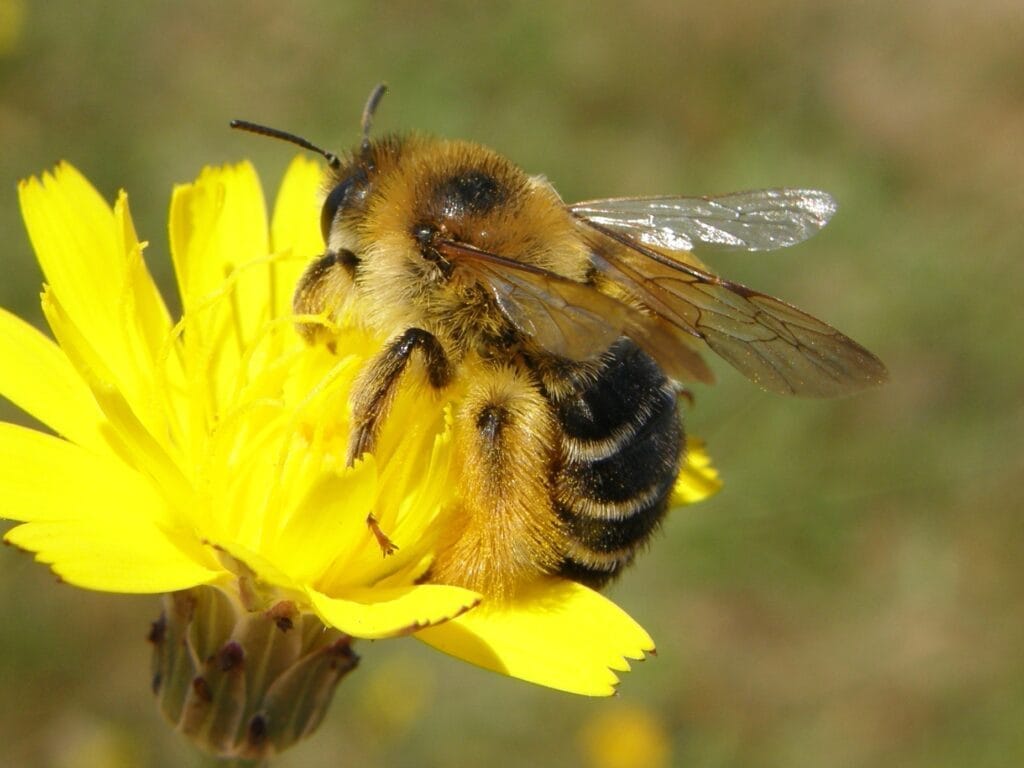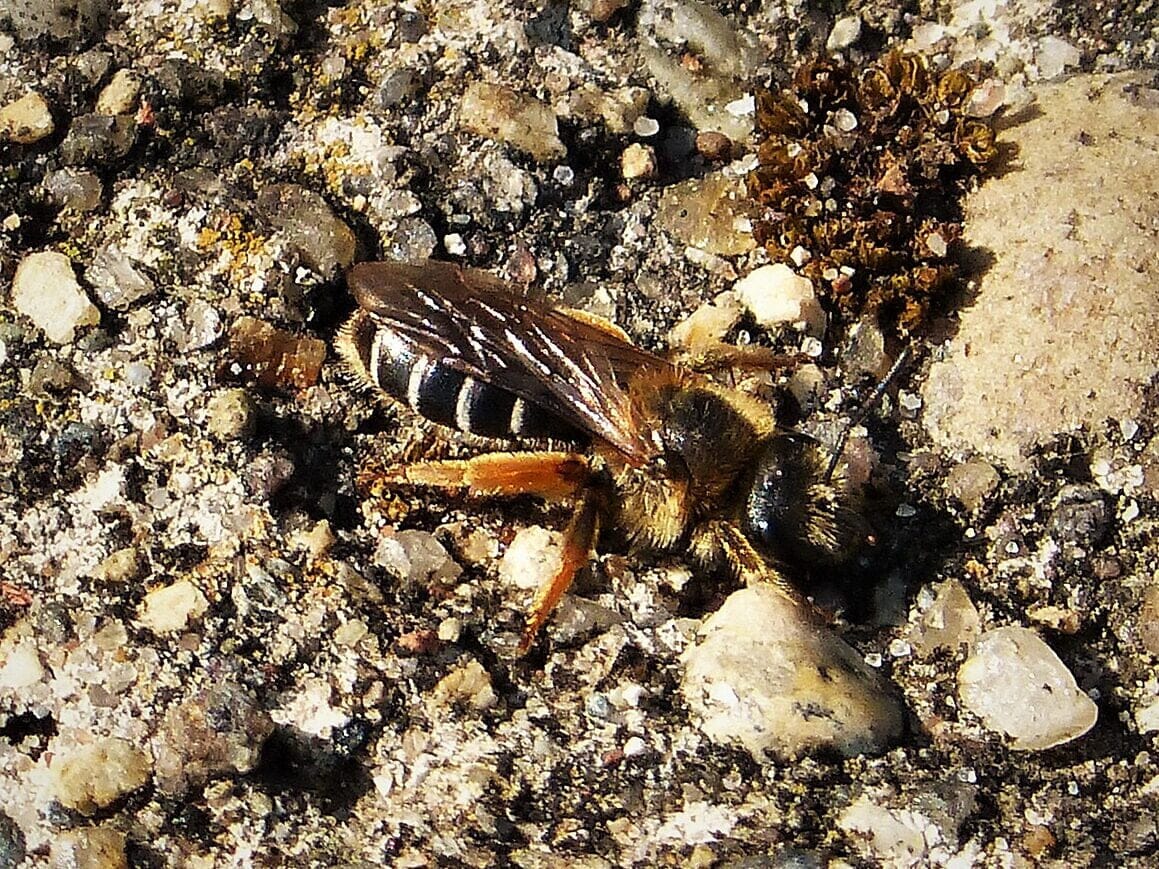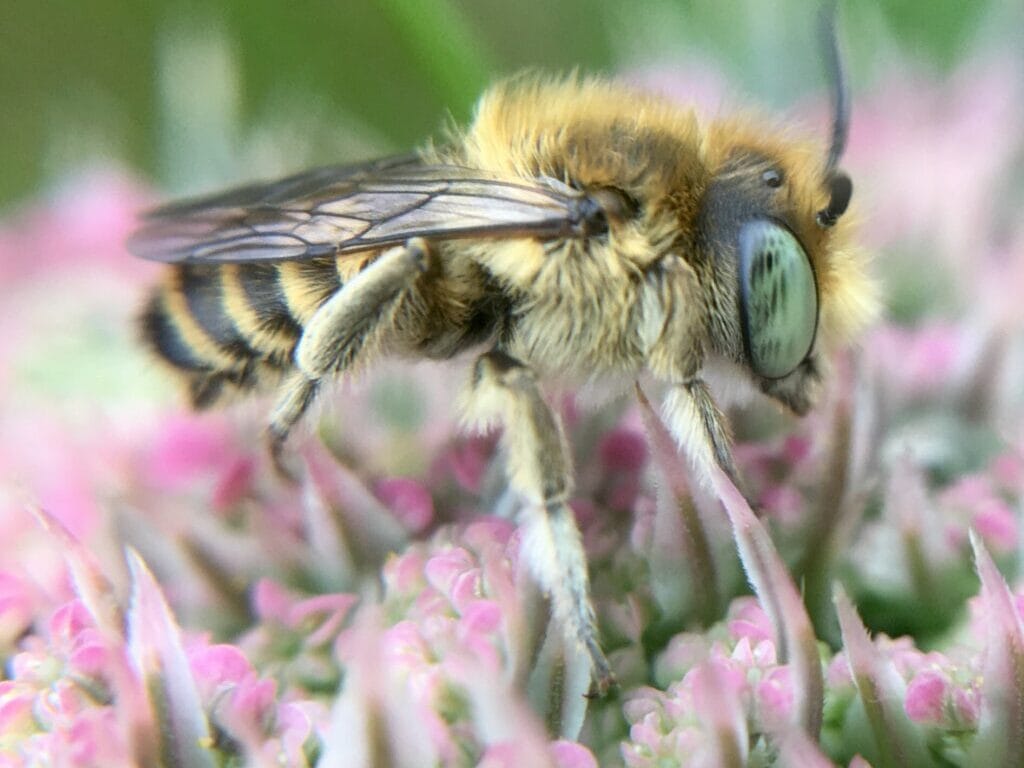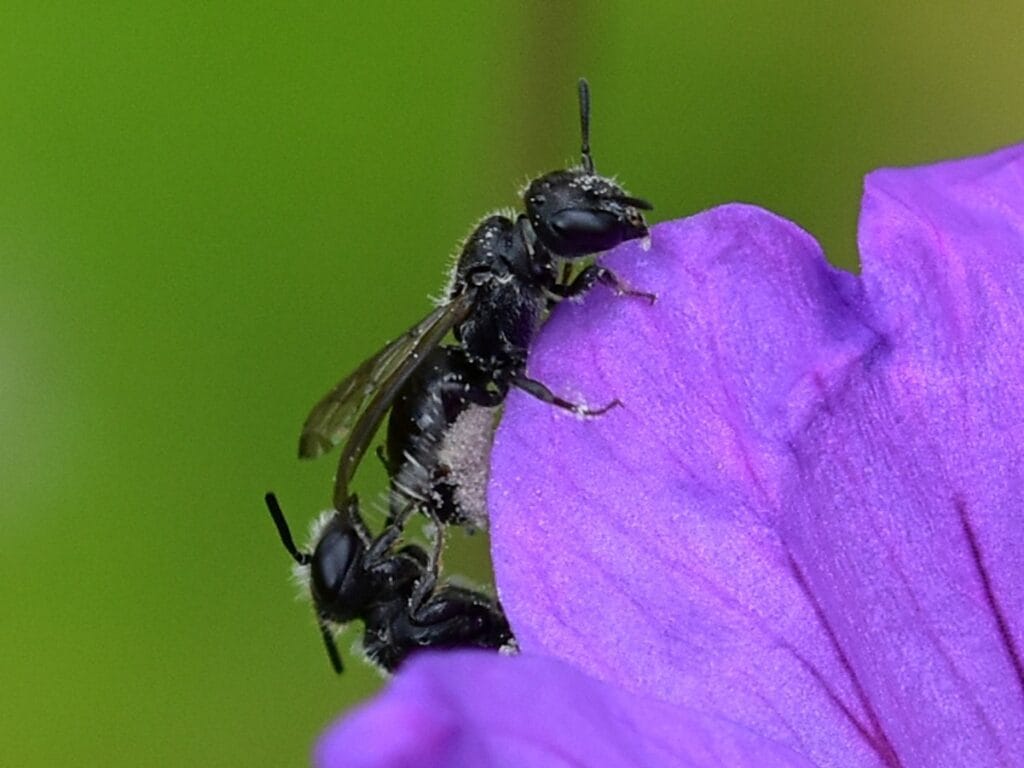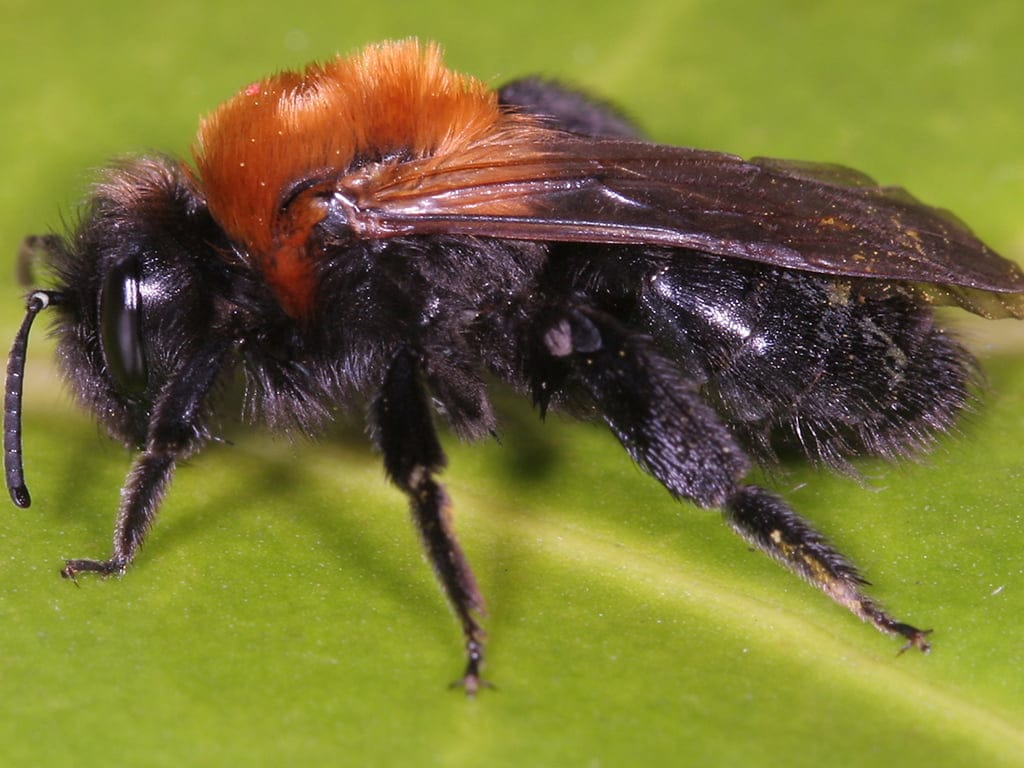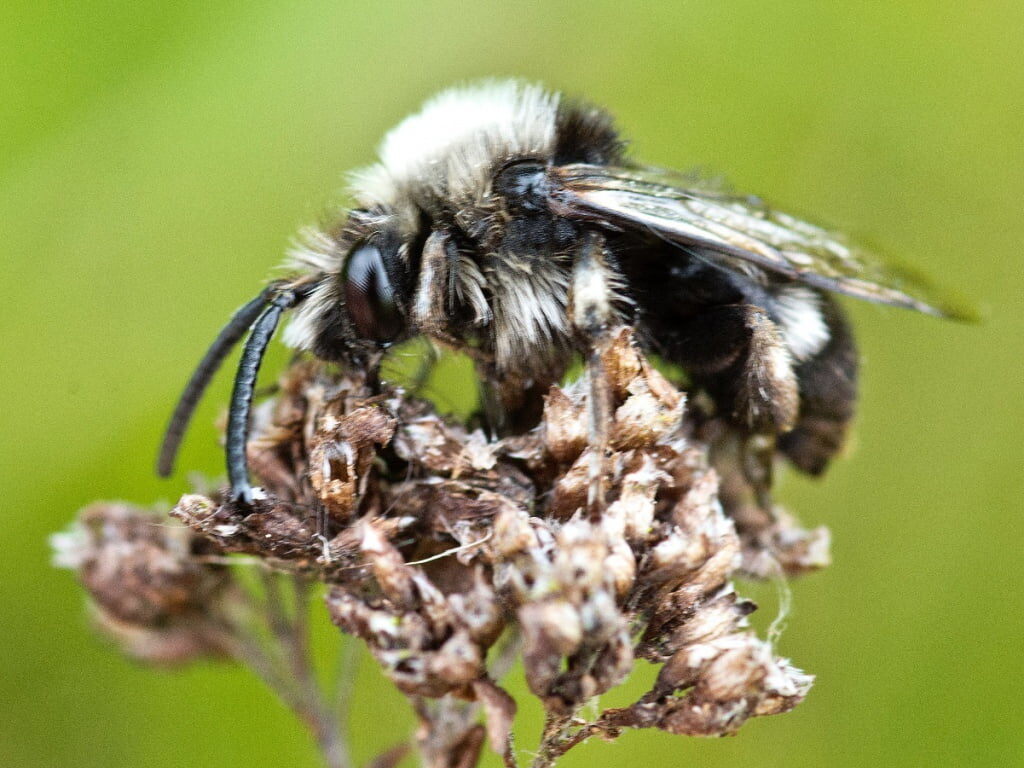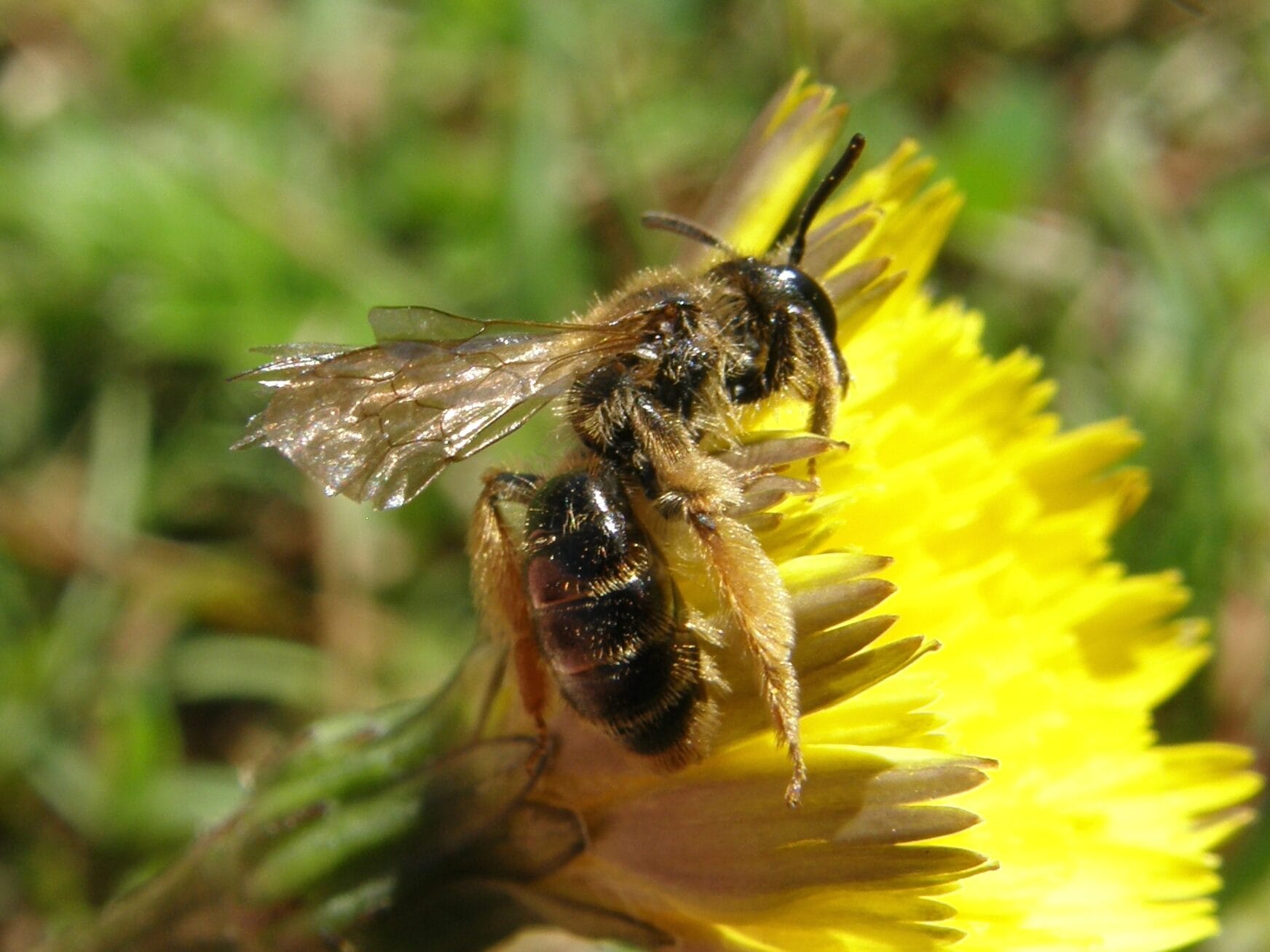Table of contents
- Introduction: Bee Identification Made Easy
- Photo Guide: British Bumble Bee Identification by Colour and Pattern
- Honey Bee Indentification Chart
- BumbleBee Indentification Chart
- Cuckoo Bee Indentification Chart
- Solitary Bee Indentification Chart
- The Importance of Bee Identification
- Key Bee Groups
- Key Identification Traits
- 🧠 Bumble Bee Identification FAQs
- Conclusion: Why Bee Identification Matters
*** This is an ongoing project & some species profiles maybe missing. Thank you for your patience as we build up the database of 250 Bee species in the UK!***
Introduction: Bee Identification Made Easy
Bees aren’t just buzzing around—they’re vital pollinators that keep ecosystems alive and crops thriving. Whether you’re a gardener, a wildlife enthusiast, or simply curious about nature, mastering the art of bee identification is a skill worth having.
This guide is here to make identifying bees simple, fun, and rewarding, while helping you appreciate the incredible variety of UK bee species.
So, why should you bother identifying bees?
Understanding the differences between honeybees, bumblebees, solitary bees, and cuckoo bees isn’t just fascinating—it’s essential for conservation and biodiversity. By learning to identify the bees in your area, you can protect their habitats, create pollinator-friendly spaces, and support vital ecosystems.
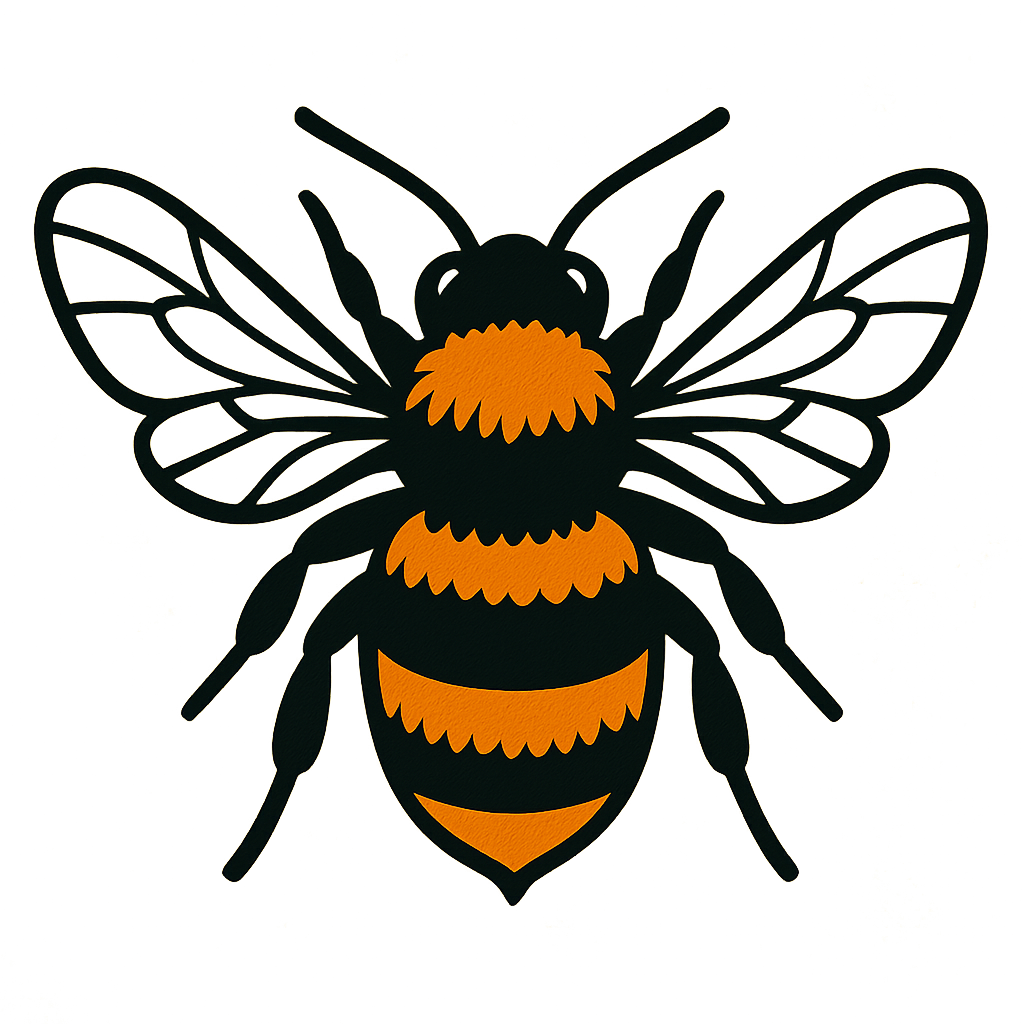
Here’s what you’ll find in this guide:
- Bee Identification Charts: User-friendly resources to help you spot and identify different bee species quickly.
- Key Traits: Detailed explanations of what makes each bee group unique, from size and color to behavior.
- Seasonal Activity: Insights into when and where to find bees throughout the year.
Whether you want to learn how to distinguish a honeybee from a bumblebee or discover the quirks of solitary and cuckoo bees, this guide has everything you need. Discover more fascinating insights about bees and their vital role in our ecosystem in our guide on Bee Facts.
Photo Guide: British Bumble Bee Identification by Colour and Pattern
Britain is home to a colourful mix of bumblebee species — from fuzzy ginger bees to bold black-and-yellow bands. This guide helps you recognise the most common bumblebees at a glance, using side-by-side photos to highlight key colour patterns and body shapes. Whether you’re spotting bees in your garden, on a walk, or recording sightings, this chart makes it easy to tell them apart.
Honey Bee Indentification Chart
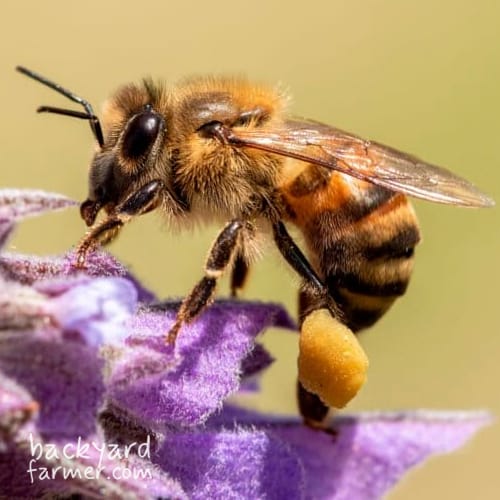
Western Honey Bee (Apis Mellifera)
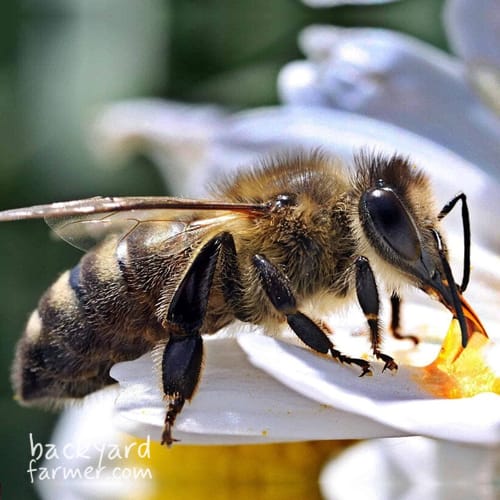
Dark European Honey Bee (Apis Mellifera Mellifera)
BumbleBee Indentification Chart
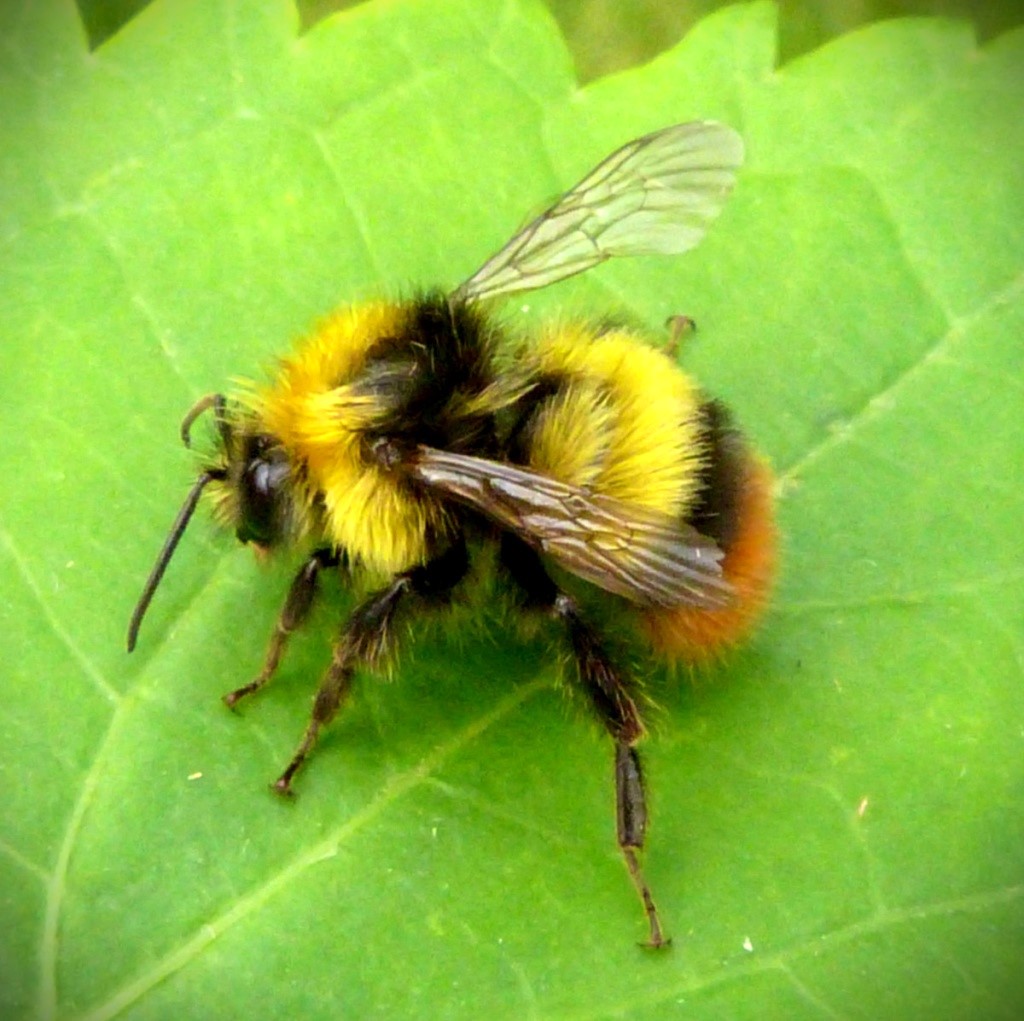
Early Bumble bee (Bombus pratorum)
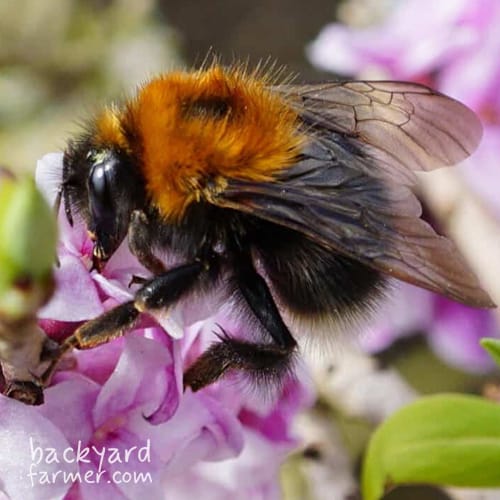
Tree Bumble Bee (Bombus hypnorum)
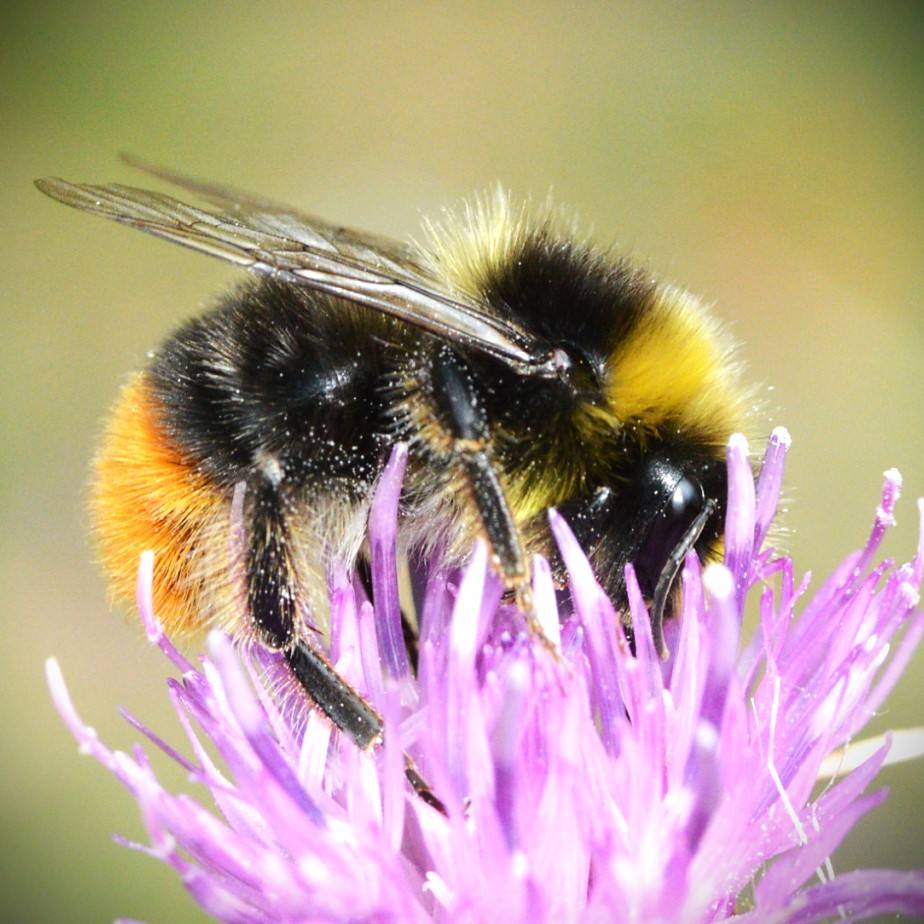
Red Tailed Black (Bombus lapidarius)
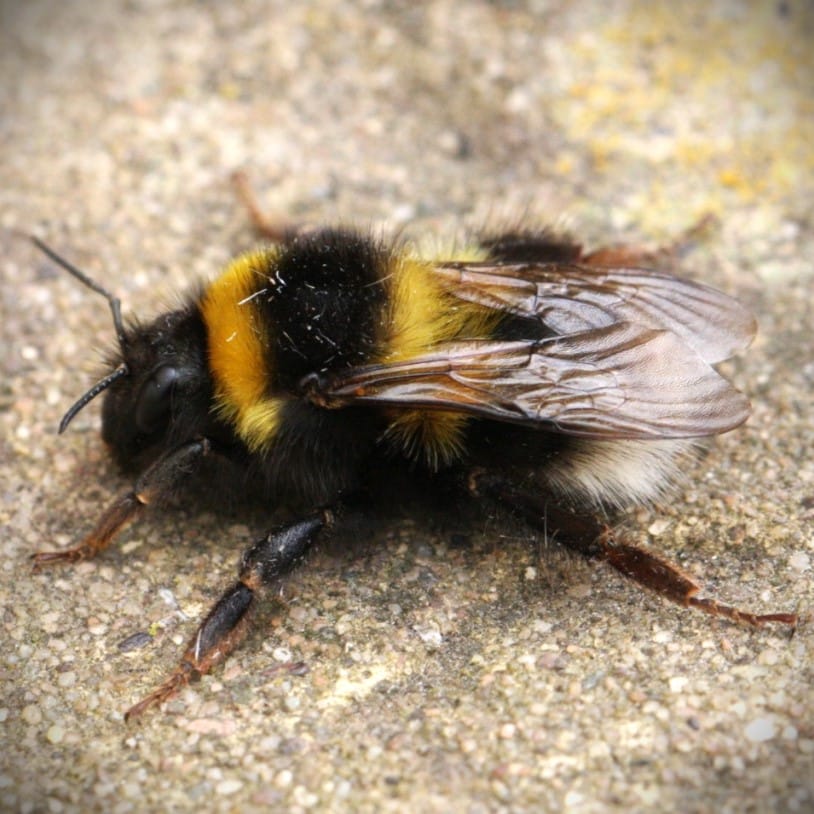
Banded White Tail (Bombus lucorum)
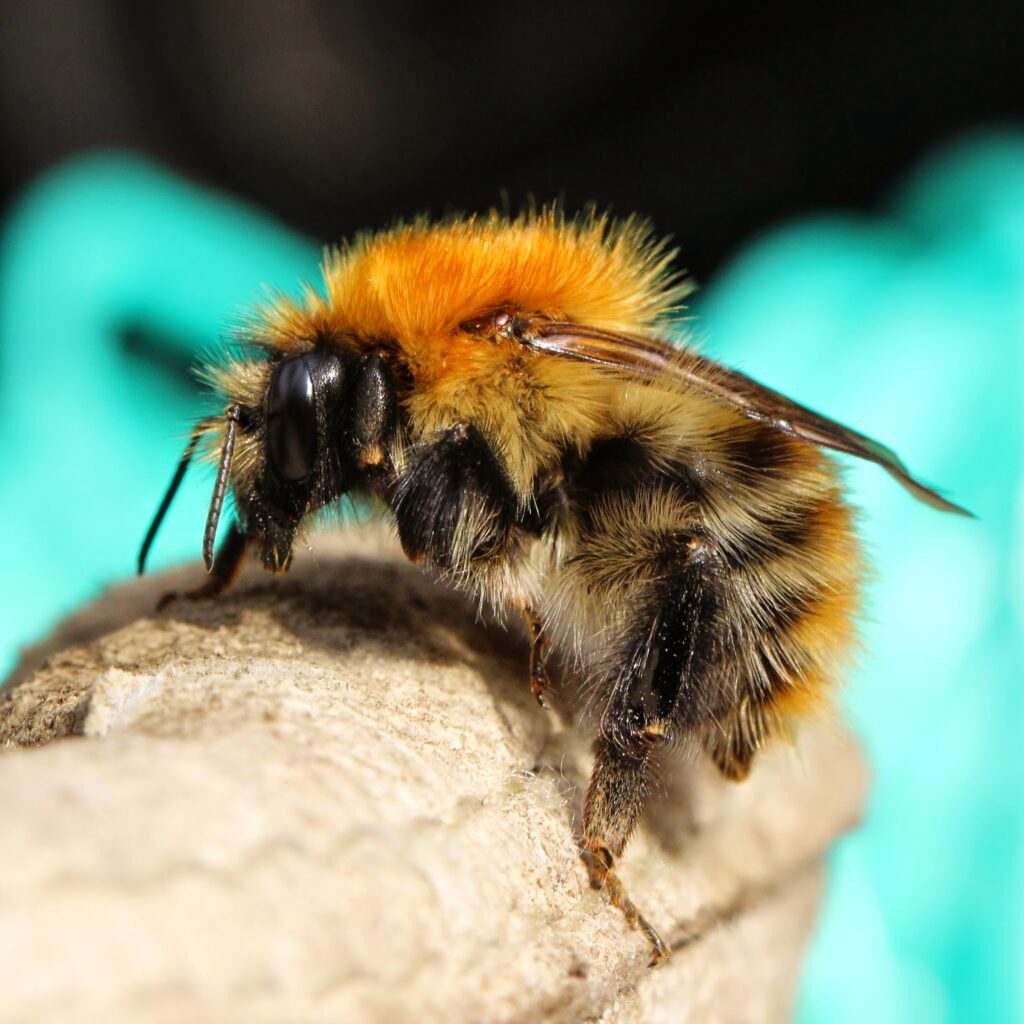
Common Carder bee (Bombus pascuorum)
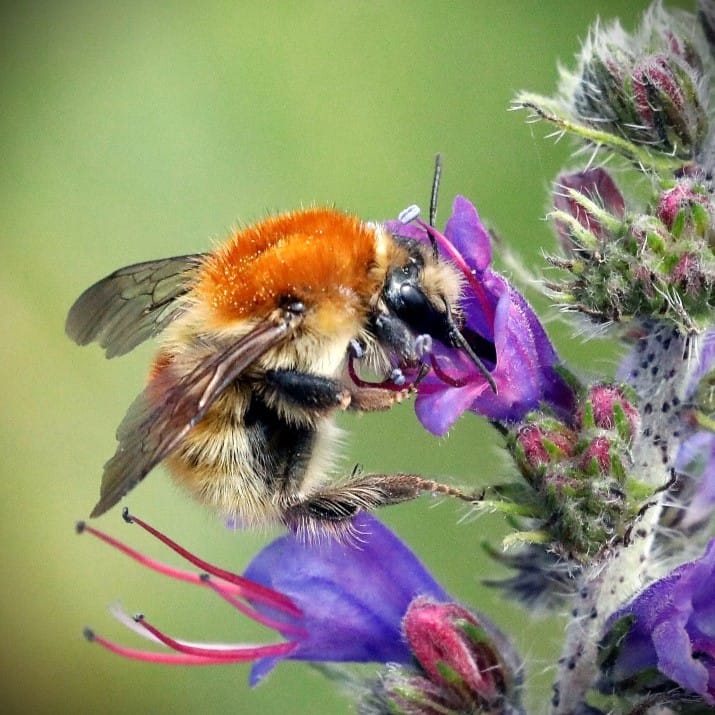
Brown Banded Carder (Bombus humilis)
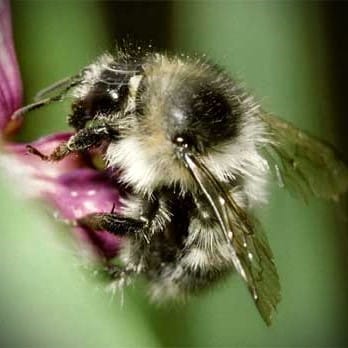
Shrill Carder Bee (Bombus sylvarum)
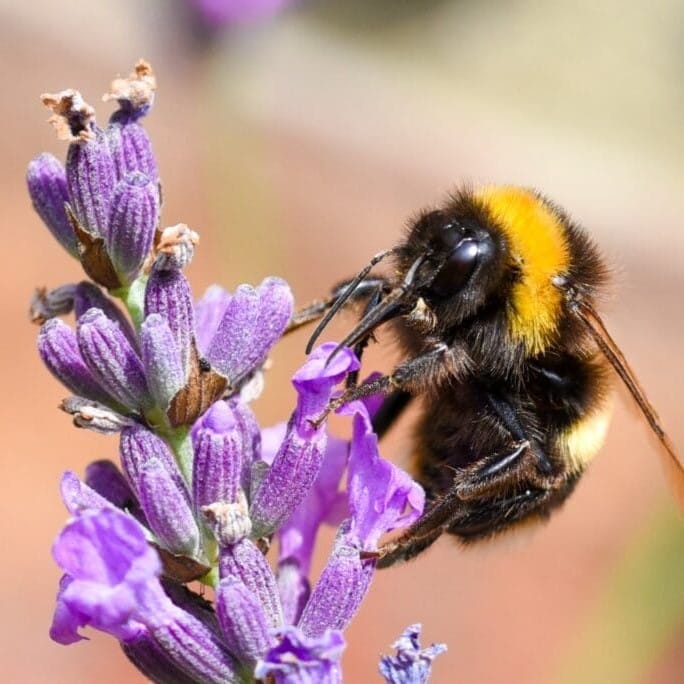
Buff-tailed Bumblebee (Bombus terrestris)
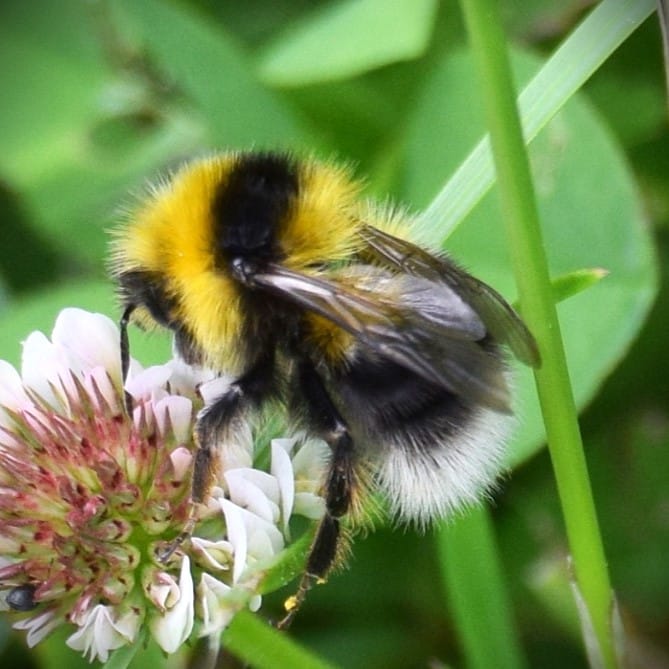
Garden Bumblebee (Bombus hortorum)
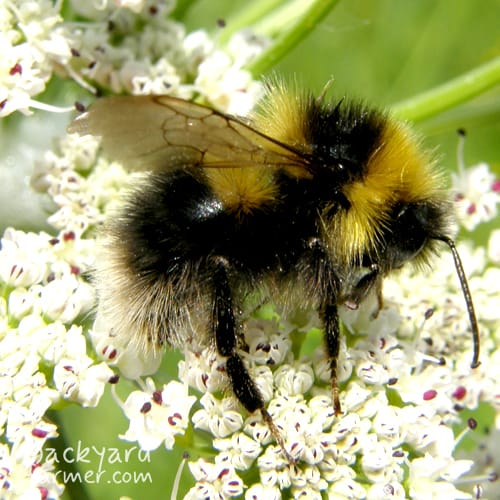
Heath Bumblebee (Bombus jonellus)
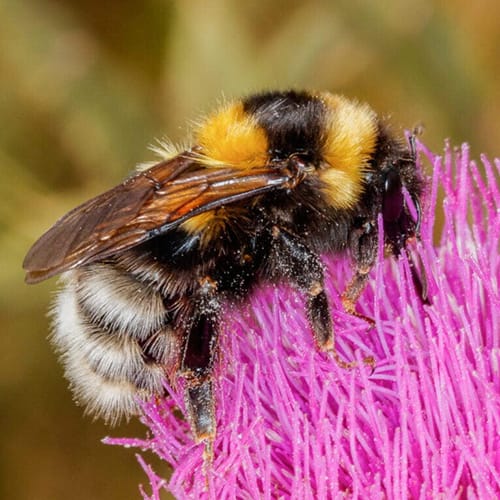
Large Garden Bumblebee (Bombus ruderatus)
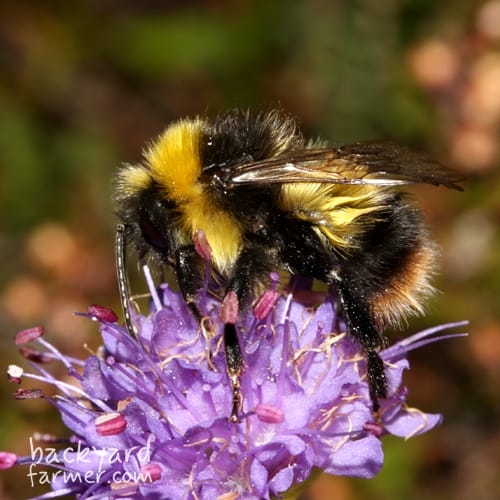
Broken-belted Bumblebee (Bombus soroeensis)
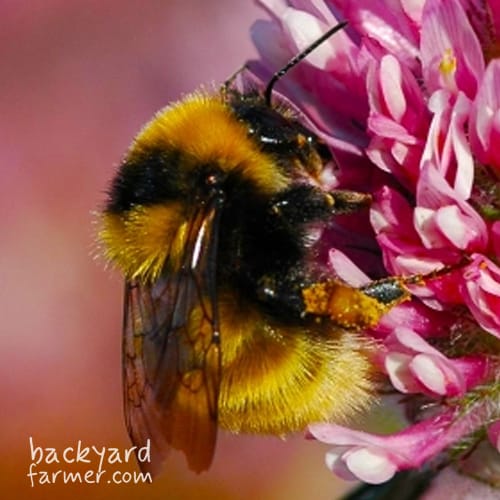
Great Yellow Bumblebee (Bombus distinguendus)
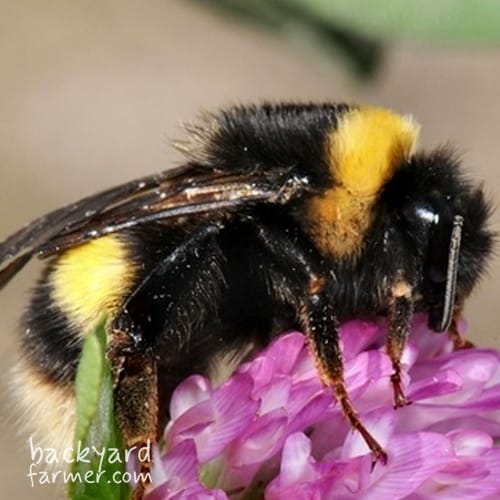
Northern White-tailed Bumblebee (Bombus magnus)
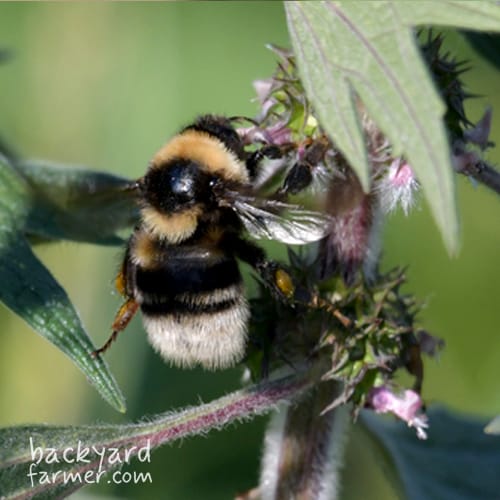
Short-haired Bumblebee (Bombus subterraneus)
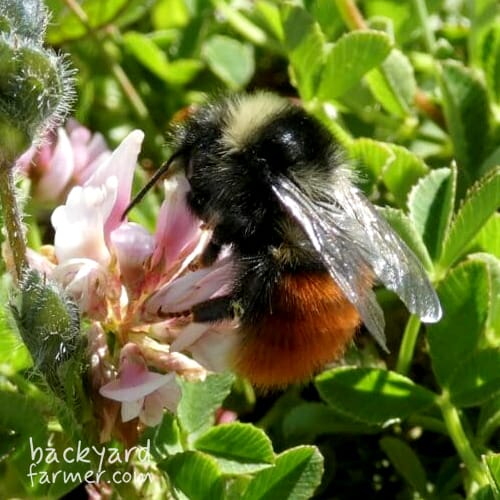
Bilberry Bumblebee (Bombus monticola)
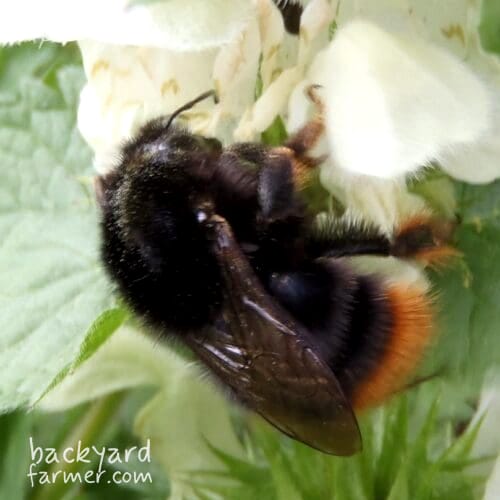
Red-shanked Carder Bee
(Bombus ruderarius)
Cuckoo Bee Indentification Chart
Solitary Bee Indentification Chart
British Bumble Bee Identification Made Easy
Trying to tell the difference between UK bumble bees can feel overwhelming — but it doesn’t have to be. From stripe patterns to tail colours, learning a few simple features can help you confidently identify bees in your garden or on a nature walk.
Here’s a quick breakdown of what to look for:
- Tail Colour: White, red, or buff — it’s one of the fastest ways to narrow it down.
- Banding Pattern: Note the number of yellow/black stripes and their placement.
- Size & Shape: Some are chunky like the Buff-tailed Bumblebee, while others are slimmer or longer-bodied.
- Hair Texture & Colour: From teddy bear fluff to sleek black, their coats are a clue.
💬 Tip: Snap photos from the side and top — these angles help with identification later.
The Importance of Bee Identification
Why is bee identification so important? Bees aren’t just fascinating creatures—they’re the backbone of pollination, helping plants reproduce and keeping the food chain intact. From fruits and vegetables to wildflowers and trees, these tiny workers play a vital role in maintaining the balance of nature.
Why Bee Identification Matters
- Supporting Conservation Efforts: Identifying bees gives you a clearer understanding of which species are thriving and which need protection. This knowledge empowers you to create safe habitats and help reverse population declines.
- Encouraging Biodiversity: Different bee species pollinate different plants. By knowing which bees are in your area, you can support a variety of pollinators, ensuring your garden and local ecosystem remain diverse and healthy.
- Enhancing Pollinator-Friendly Spaces: Spotting bees allows you to meet their specific needs. Whether it’s planting their favorite flowers or providing nesting spaces, your efforts can make a direct and meaningful impact.
- Preventing Misidentification: Not every buzzing insect is a bee! Accurate identification helps you distinguish bees from wasps or other insects, ensuring the right actions are taken to support pollinators.
Bee identification is more than just a hobby—it’s a practical way to protect nature’s unsung heroes and contribute to environmental health. Ready to dive in? Let’s explore how to identify these incredible creatures!
Key Bee Groups
Bees in the UK come in an incredible variety, but they can be grouped into four main categories: honeybees, bumblebees, solitary bees, and cuckoo bees. Each group has unique traits, making them easy to recognize once you know what to look for. Let’s break down these key groups with quick identification tips.
1. Honeybees
- What to Look For: Honeybees are medium-sized with slender, golden-brown bodies. They have a smooth, compact shape and fly with purposeful, efficient motion.
- Where You’ll Find Them: You’ll often spot honeybees in gardens, fields, or anywhere with plenty of flowers. They tend to stay close to their hives or work zones.
- Fun Fact: Honeybees are renowned for their hive-based teamwork and honey production, making them some of the world’s most recognizable insects.
2. Bumblebees
- What to Look For: Bumblebees are big, round, and fuzzy. Their stripes are usually black and yellow, but some species have red or white tails.
- Where You’ll Find Them: You can find bumblebees buzzing around flowering plants in gardens, meadows, and fields. They’re easy to recognize by their loud buzz and clumsy movements.
- Fun Fact: Despite their bulky appearance and seemingly awkward flight, bumblebees are incredibly effective pollinators.
3. Solitary Bees
- What to Look For: These bees come in a wide range of colors and sizes, from metallic greens to muted earthy tones. They’re smaller than bumblebees and prefer to work alone rather than in colonies.
- Where You’ll Find Them: Keep an eye out for solitary bees near ground burrows, hollow plant stems, or wood holes. Common species include leafcutter and mining bees.
- Fun Fact: Solitary bees are pollination powerhouses, with some species being up to 20 times more efficient than honeybees.
4. Cuckoo Bees
- What to Look For: These sneaky bees mimic the appearance of their host species. They’re often medium-sized with markings similar to other bees.
- Where You’ll Find Them: Look for cuckoo bees near the nests of their host bees. Instead of building their own nests, they lay their eggs in the nests of other bees.
- Fun Fact: Unlike other bees, cuckoo bees don’t collect pollen. Their larvae feed on the pollen stores of their hosts.
By familiarizing yourself with these key groups, you’ll quickly be able to identify most bees you encounter. Ready to dive deeper? Keep reading to explore the specific traits that make each species unique!
Key Identification Traits
Identifying bees might seem tricky at first, but focusing on a few key traits makes it much easier. Here’s a simple chart to help you identify bees across the UK:
| Trait | Honeybees | Bumblebees | Solitary Bees | Cuckoo Bees |
|---|---|---|---|---|
| Size and Shape | Medium (12-15mm), compact, smooth body | Large (up to 25mm), round, fuzzy | Small (6-12mm), slender, lightweight | Medium, mimics host species |
| Color and Markings | Golden-brown with uniform patterns | Black and yellow stripes, sometimes red or white tails | Metallic greens, muted browns, oranges | Mimics colors and patterns of host species |
| Behavior | Focused, efficient, and direct flight | Clumsy, loud buzzing | Often seen hovering close to the ground or burrowing | Lingers near host nests |
| Seasonal Activity | Active from spring through summer | Active from spring to autumn | Most active from spring to summer | Active from spring to autumn |
| Habitat Preferences | Found in gardens, fields, and near hives | Prefers grassy areas and underground burrows | Found near ground burrows, hollow stems, or old wood | Found near nests of their host species |
By using this chart, you can confidently identify most bees you encounter. Keep these traits in mind, and the buzzing world of bees will become much clearer!
🧠 Bumble Bee Identification FAQs
1. How do I tell UK bumble bees apart?
Start with tail colour — it’s the quickest clue. Then check banding patterns, body size, and flower behaviour. With a little practice, you’ll be able to ID species like Buff-tailed, Garden, and Red-tailed Bumblebees on sight.
2. Which bumble bees are common in British gardens?
White-tailed Bumblebee, Red-tailed Bumblebee, and Garden Bumblebee. These species are frequent visitors to UK gardens in spring and summer.
Conclusion: Why Bee Identification Matters
Getting to know the bees around you is more than just a fascinating hobby—it’s a meaningful way to support the environment. By learning how to identify honeybees, bumblebees, solitary bees, and cuckoo bees, you actively contribute to protecting and conserving these vital pollinators.
Why It’s Important
- Protect Pollinators: When you know your bees, you can take action to support their habitats and promote biodiversity.
- Create Bee-Friendly Spaces: Use your knowledge to plant flowers, provide nesting areas, and help pollinators thrive.
- Support Ecosystems: Bees play a critical role in pollination, which keeps ecosystems healthy and ensures stable food production.
How You Can Help
- Observe and Learn: Take note of bee traits such as size, color, and behavior to identify them more easily.
- Plant for Pollinators: Choose flowers that cater to the specific needs of different bee species to encourage their presence.
- Provide Habitats: Create safe nesting spaces, like hollow stems or bee hotels, to support their life cycle.
The next time a bee buzzes by, take a closer look! You might discover something incredible about the world of pollinators. Each bee plays a unique role in maintaining the balance of nature. Now that you’re equipped with the tools to identify them, it’s time to take action and make a difference!
